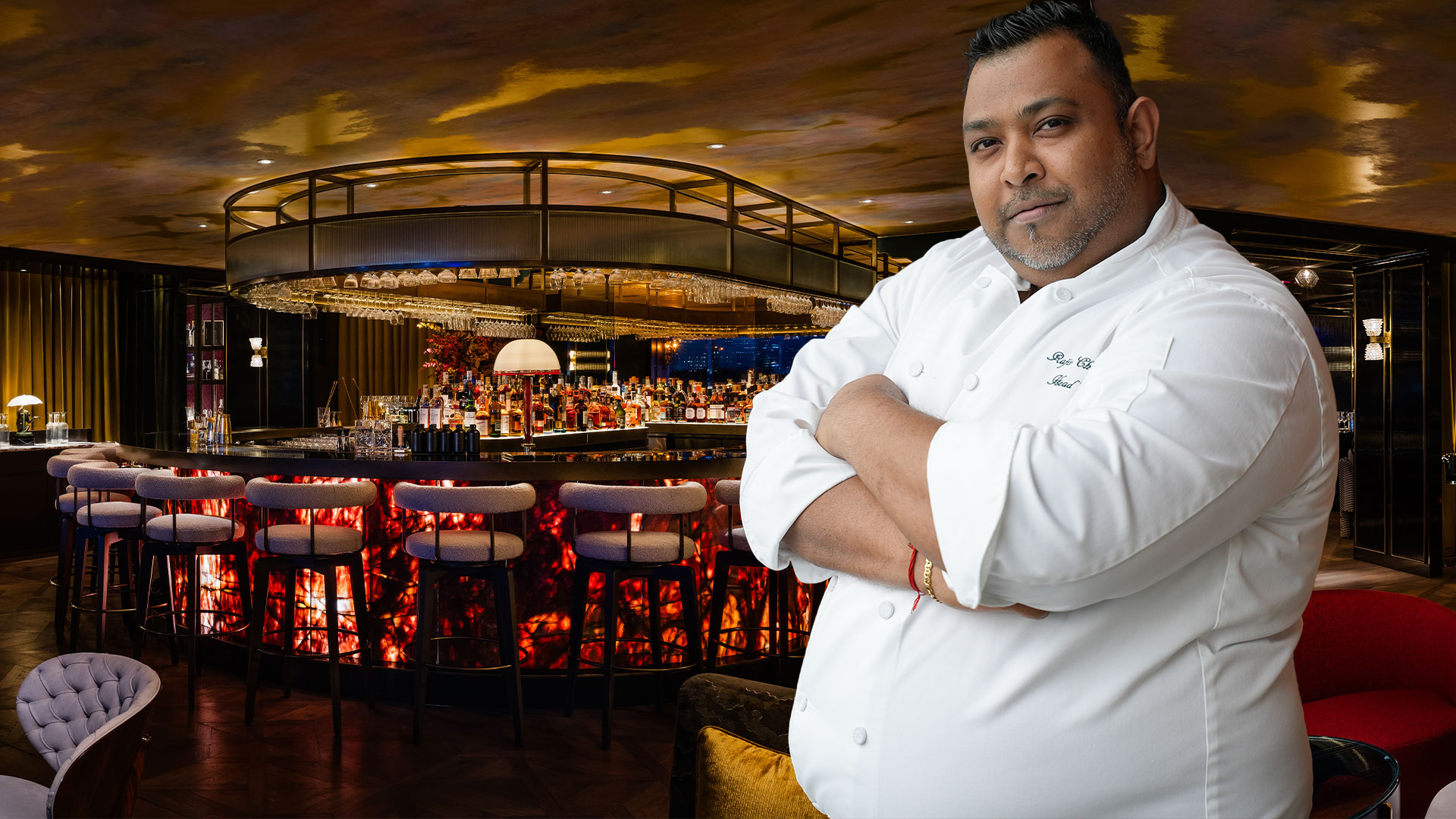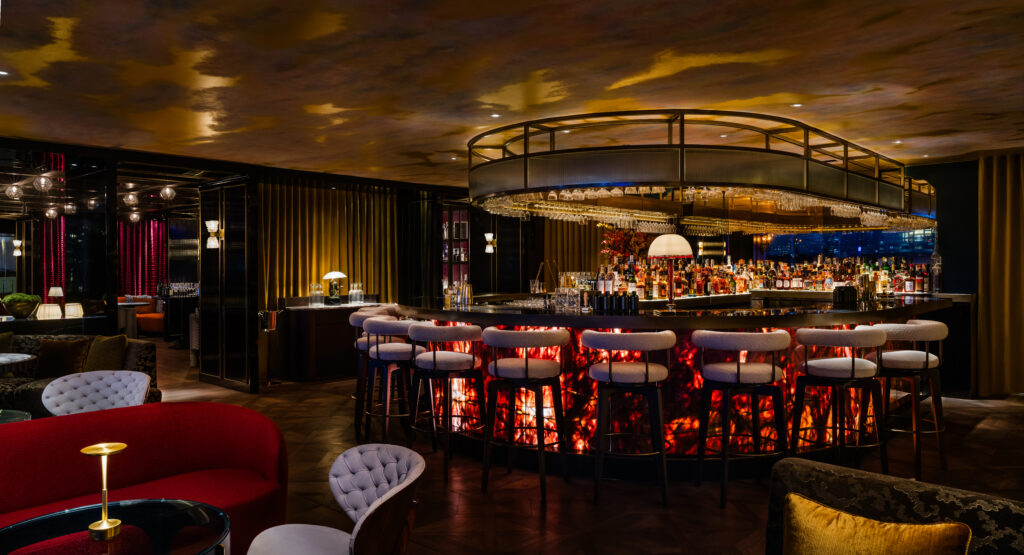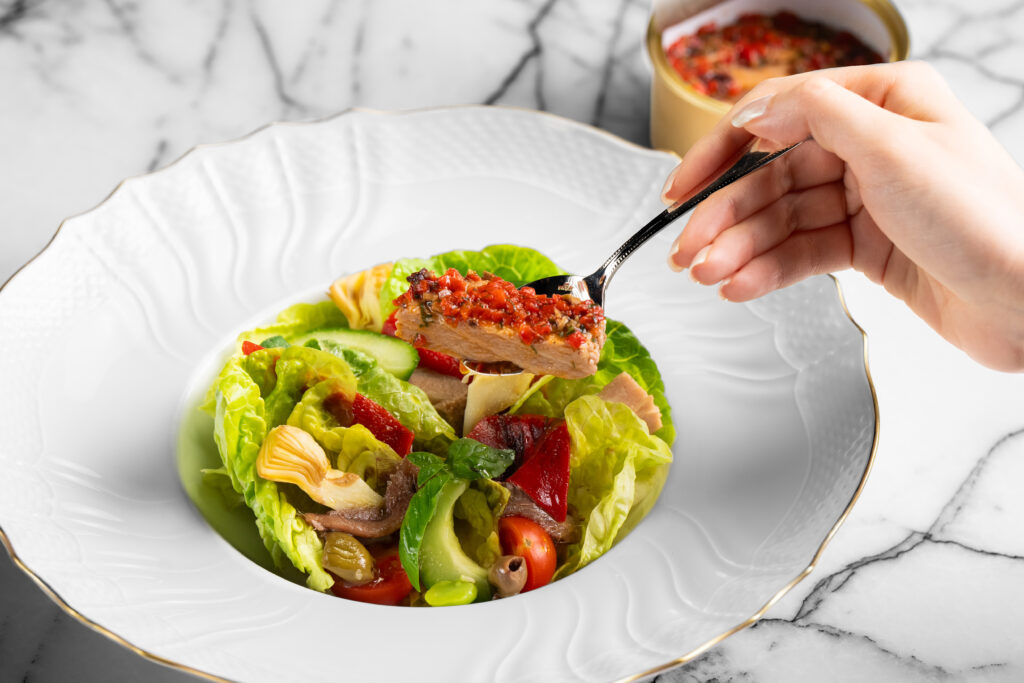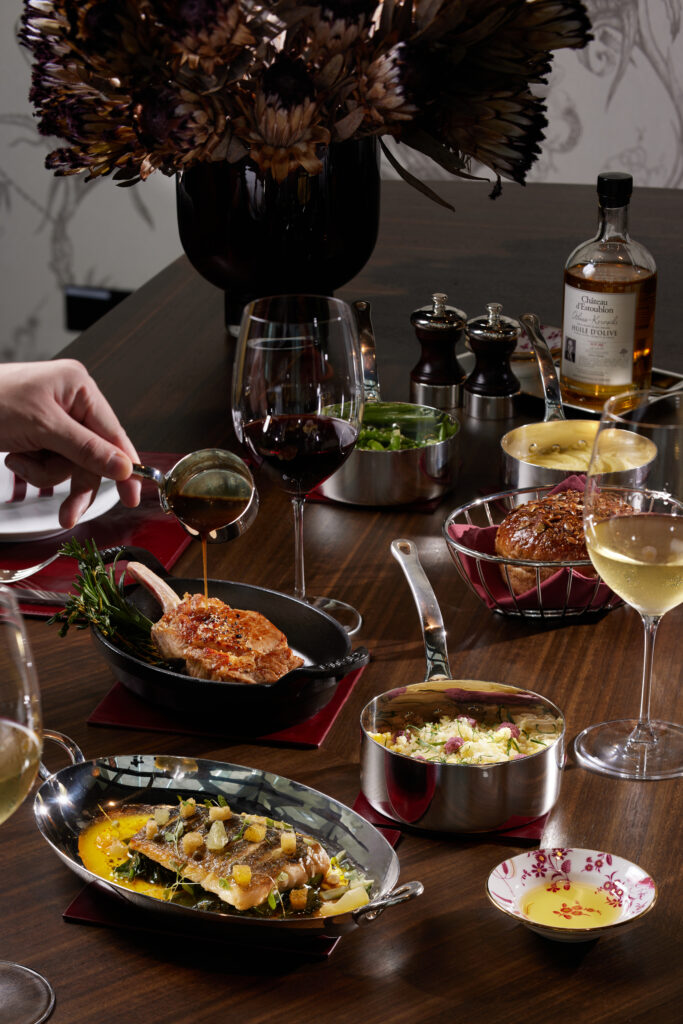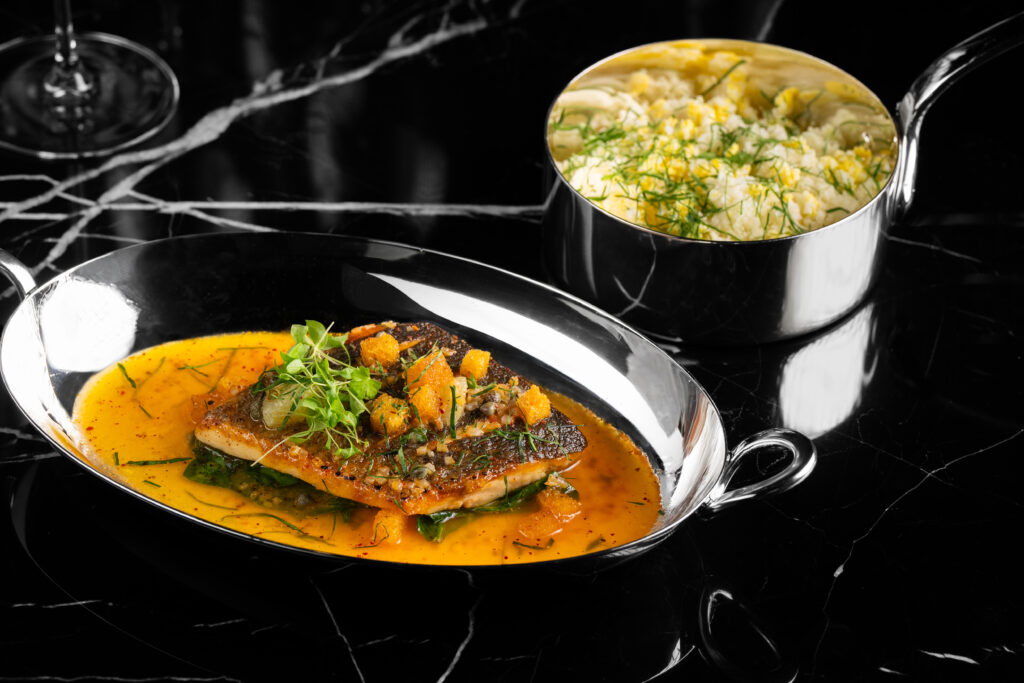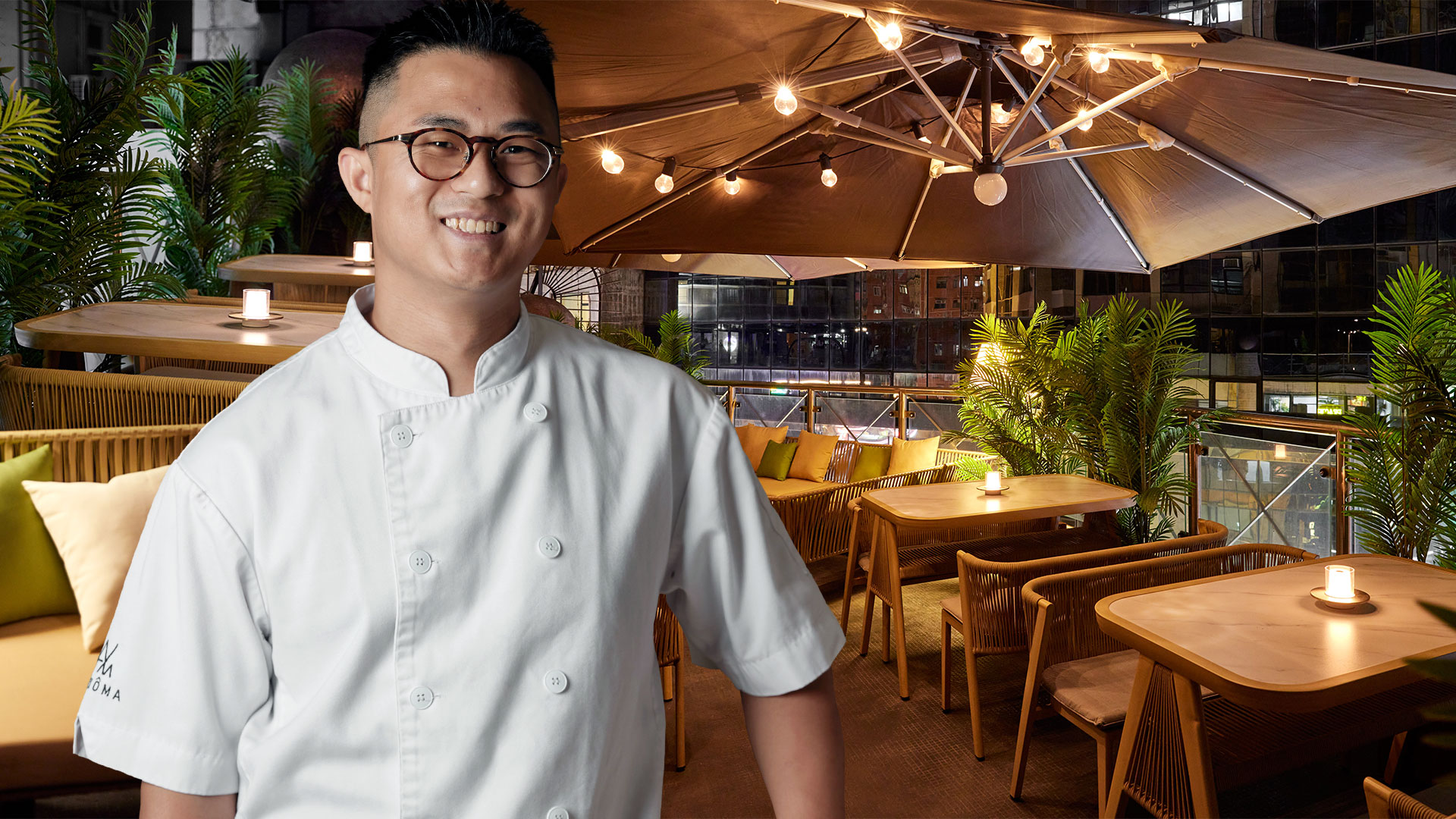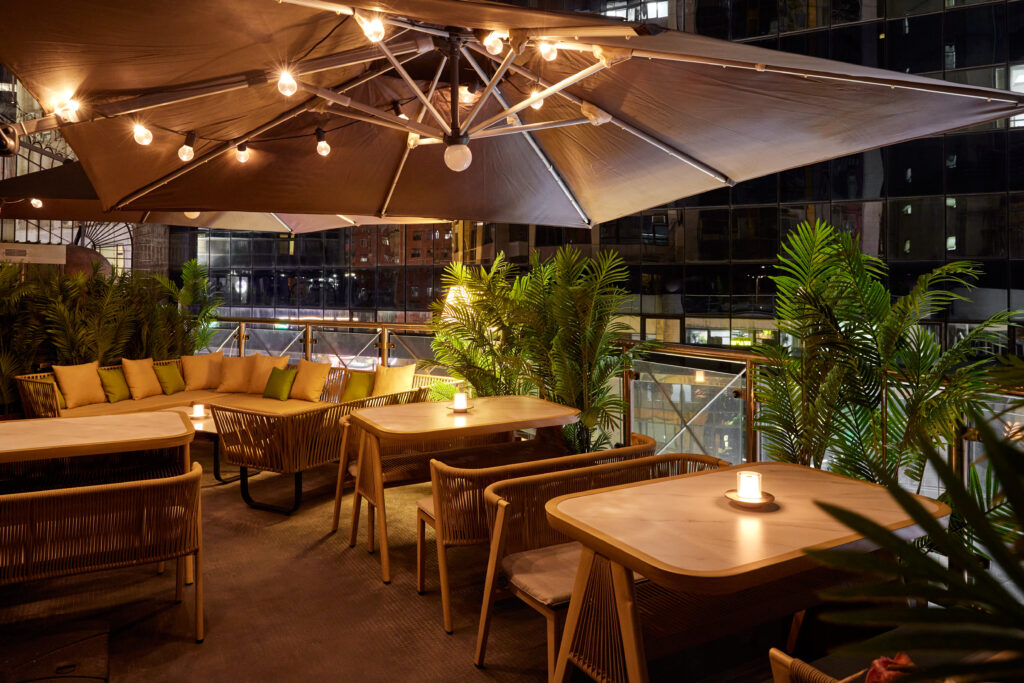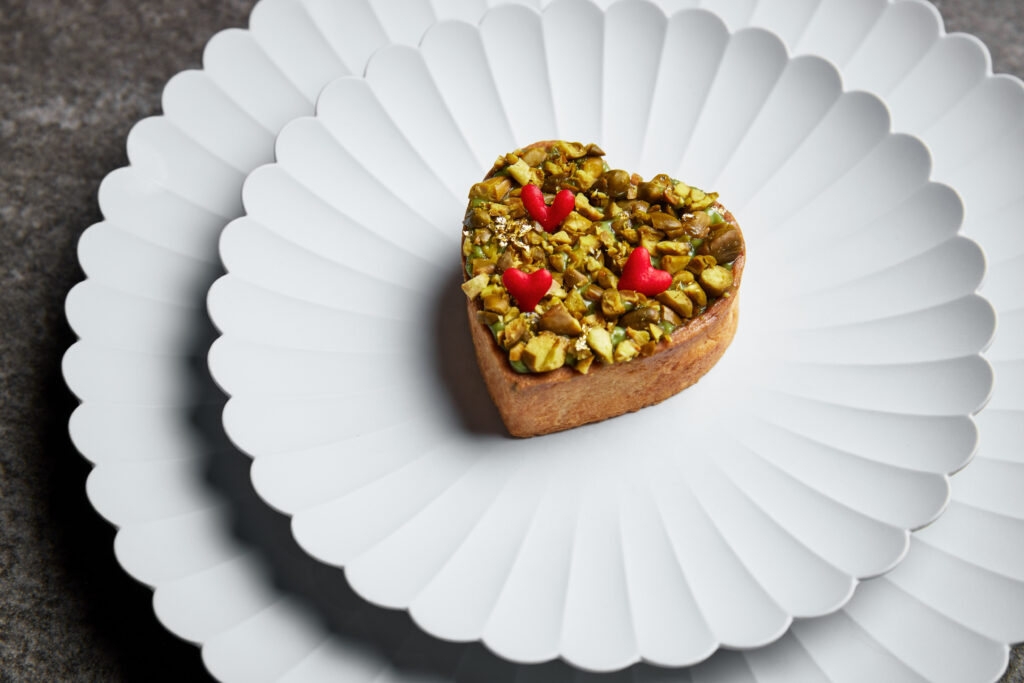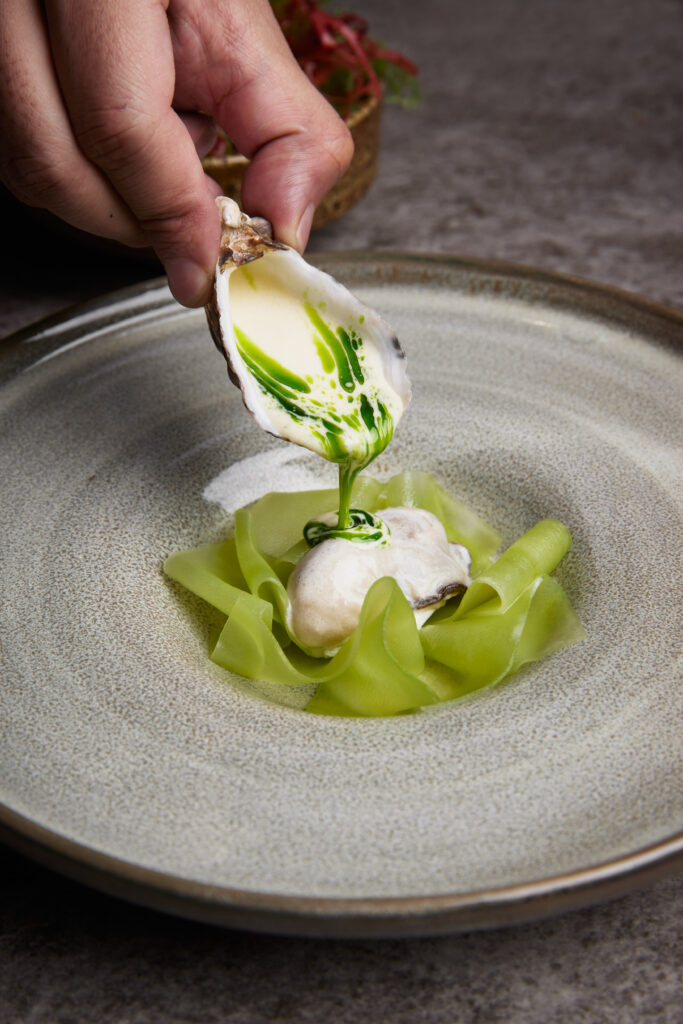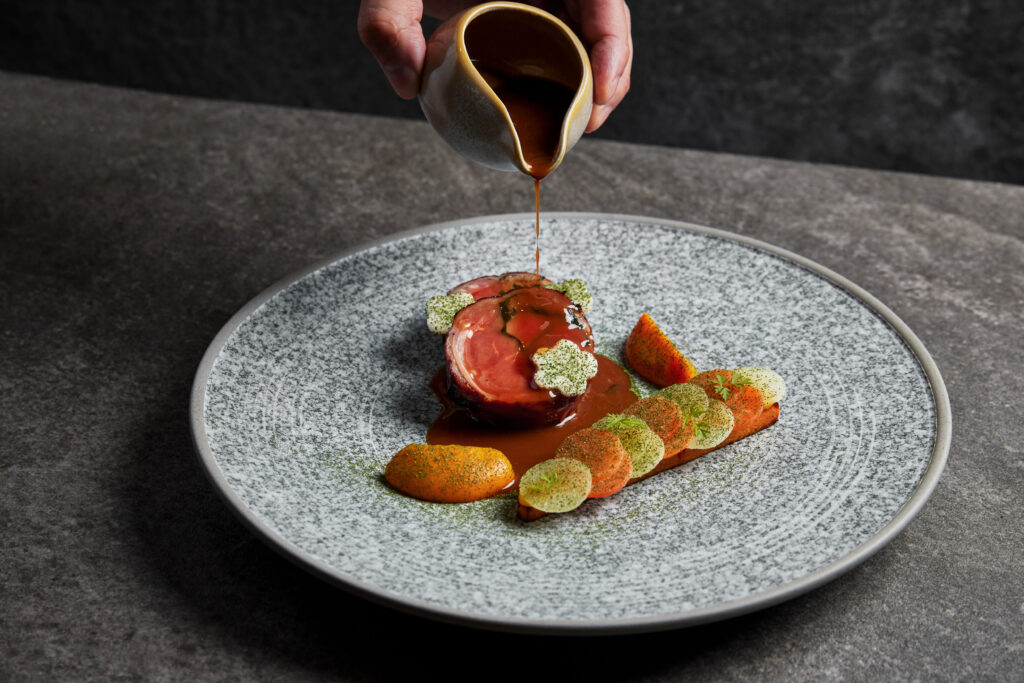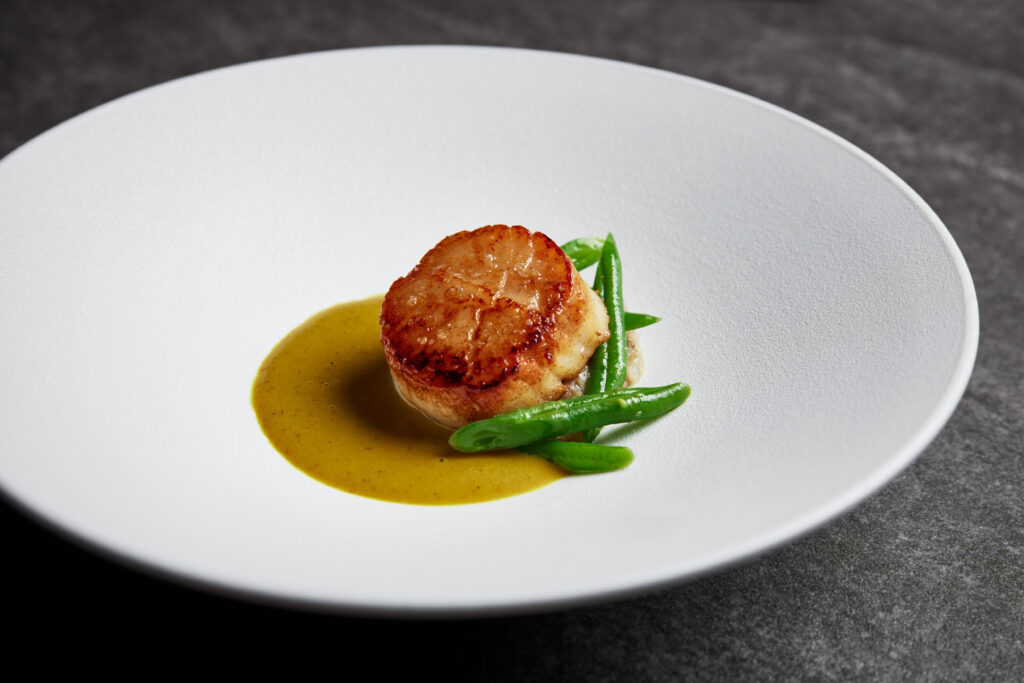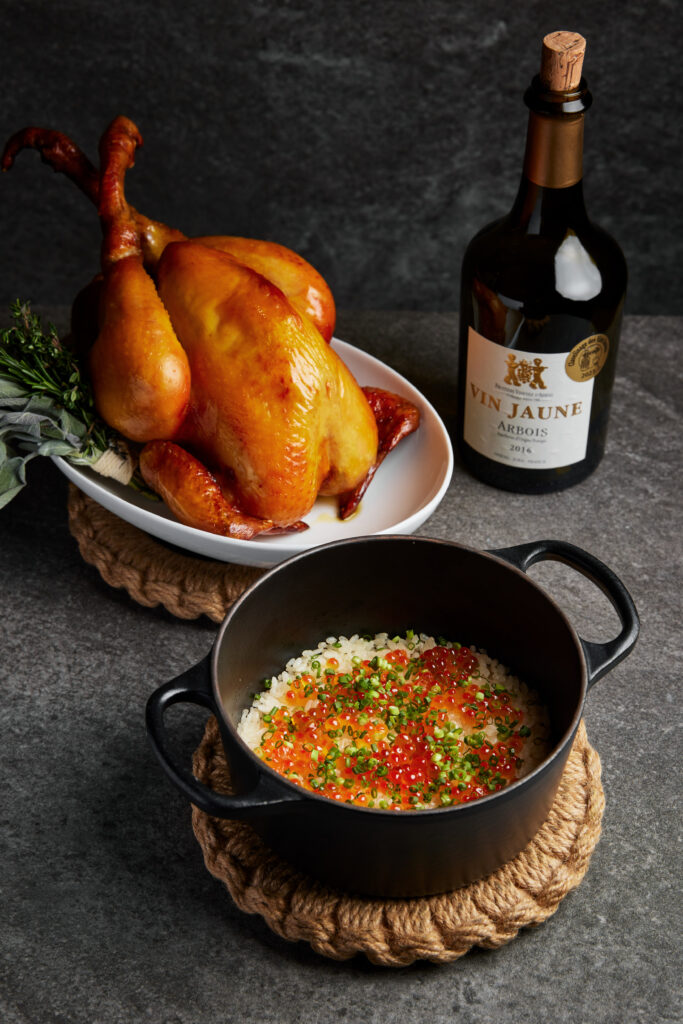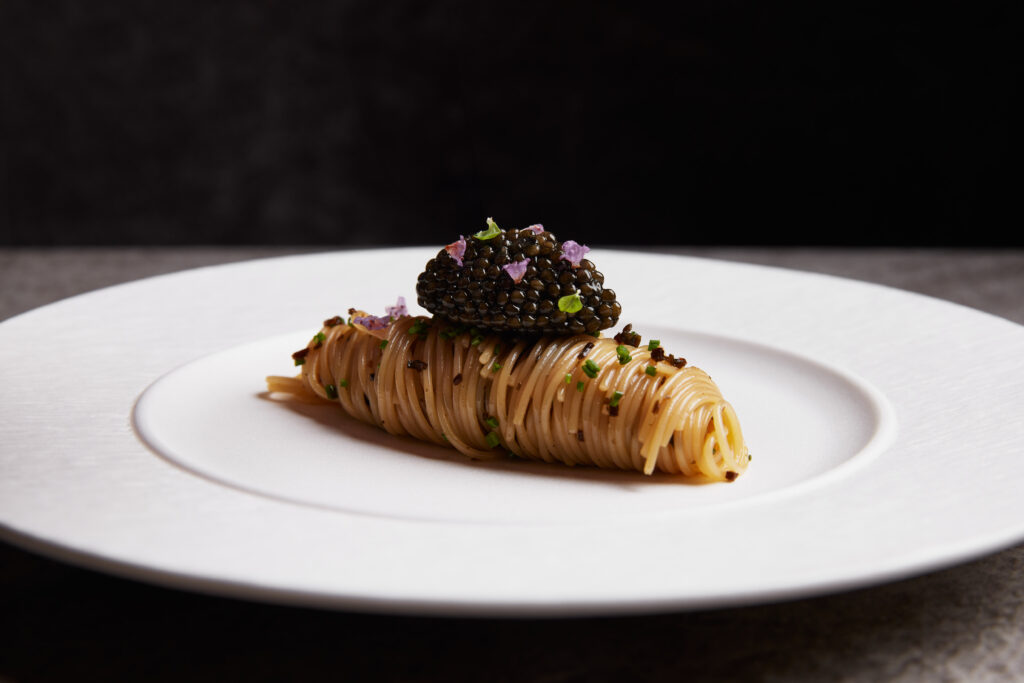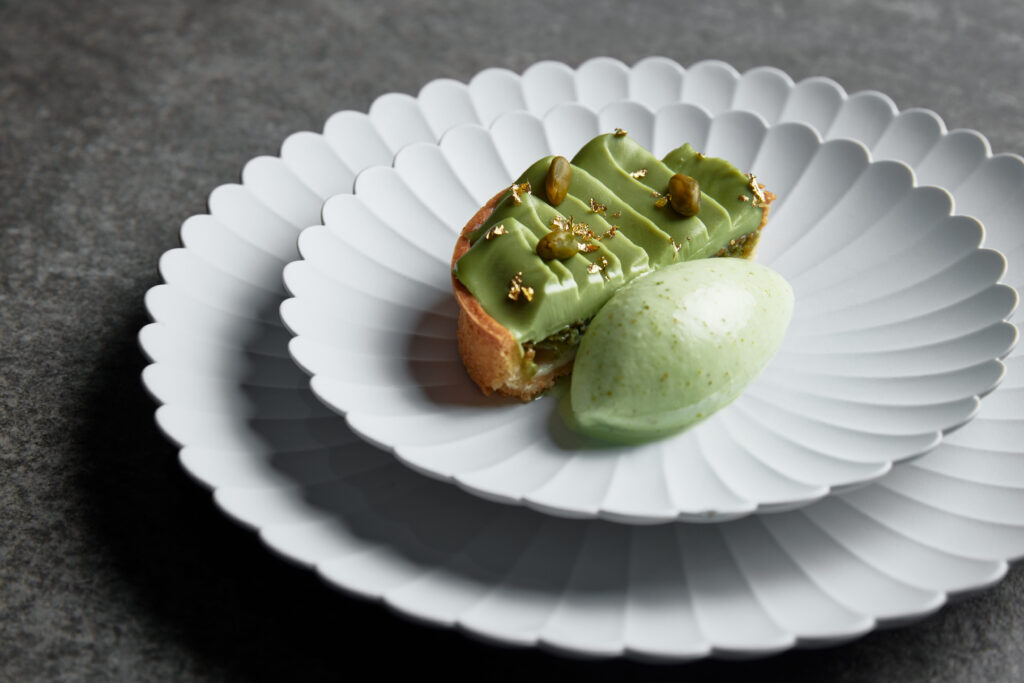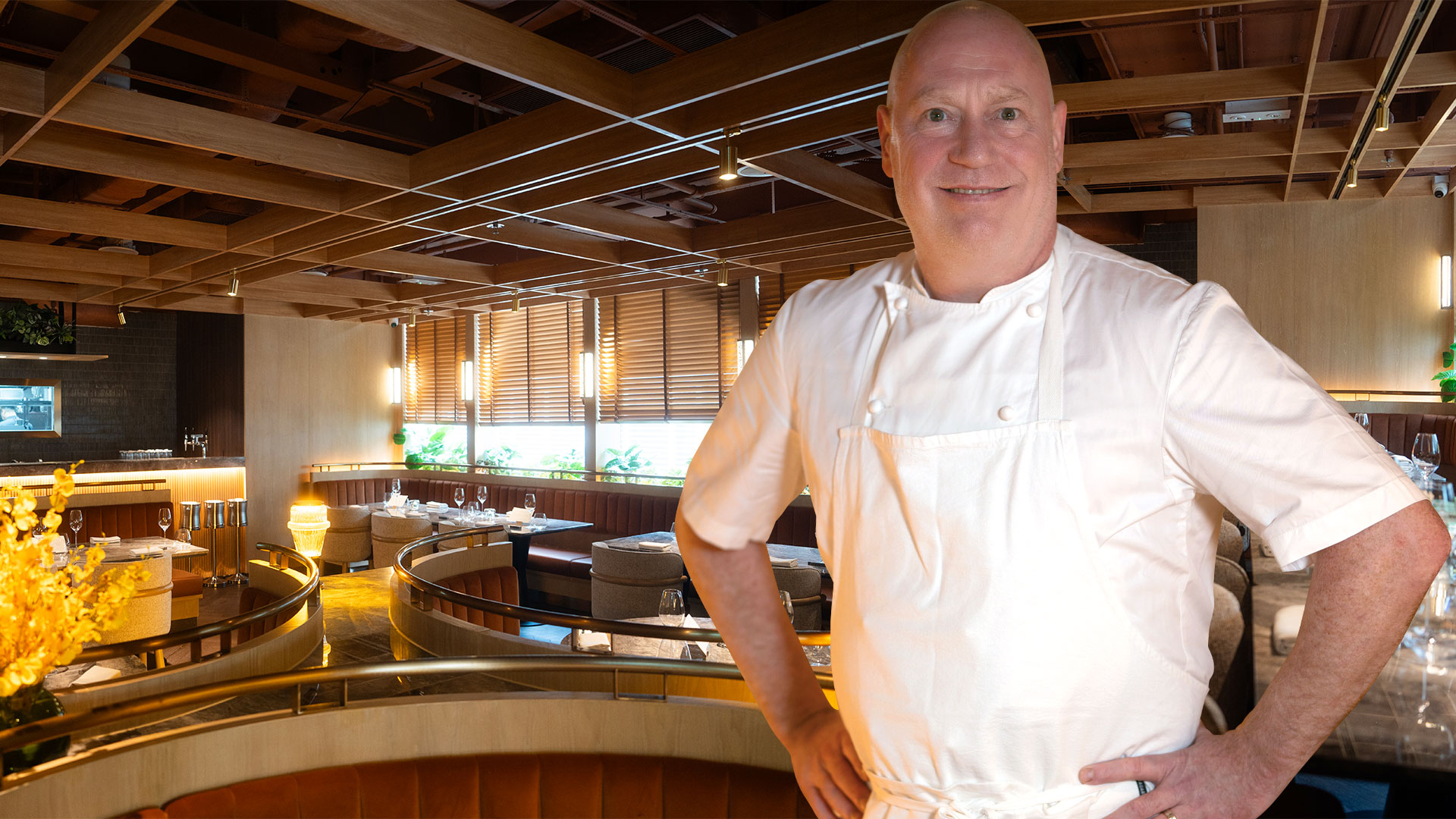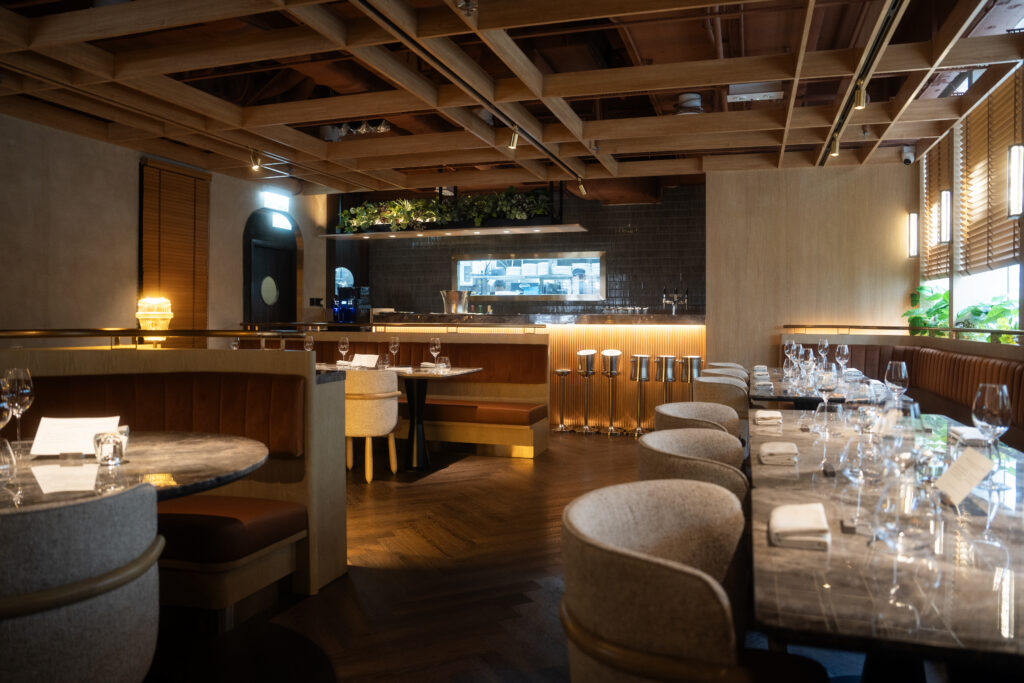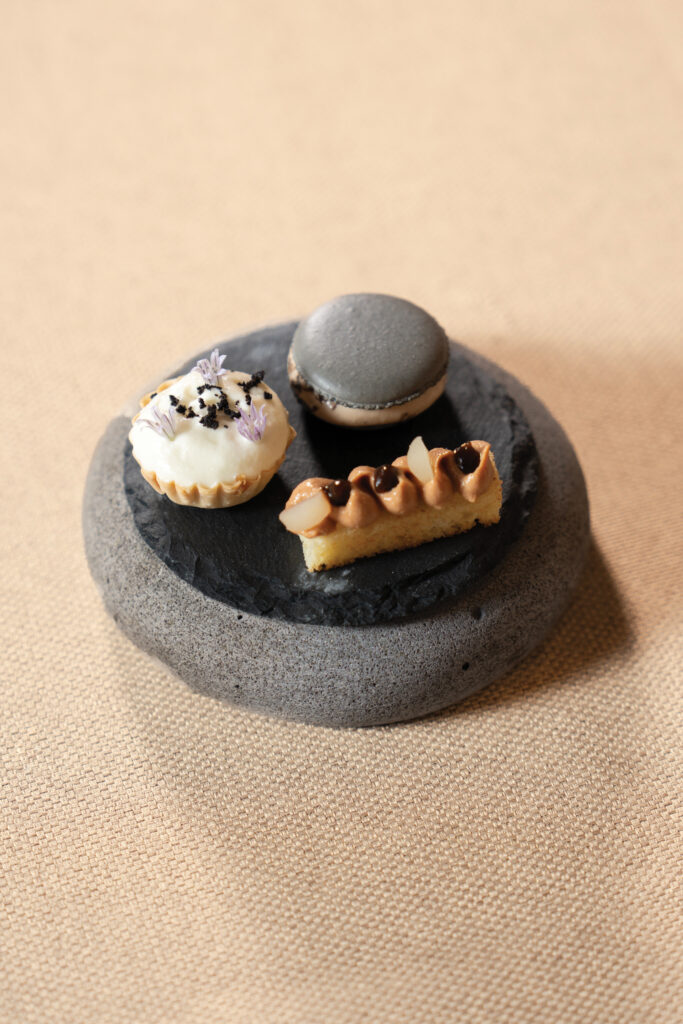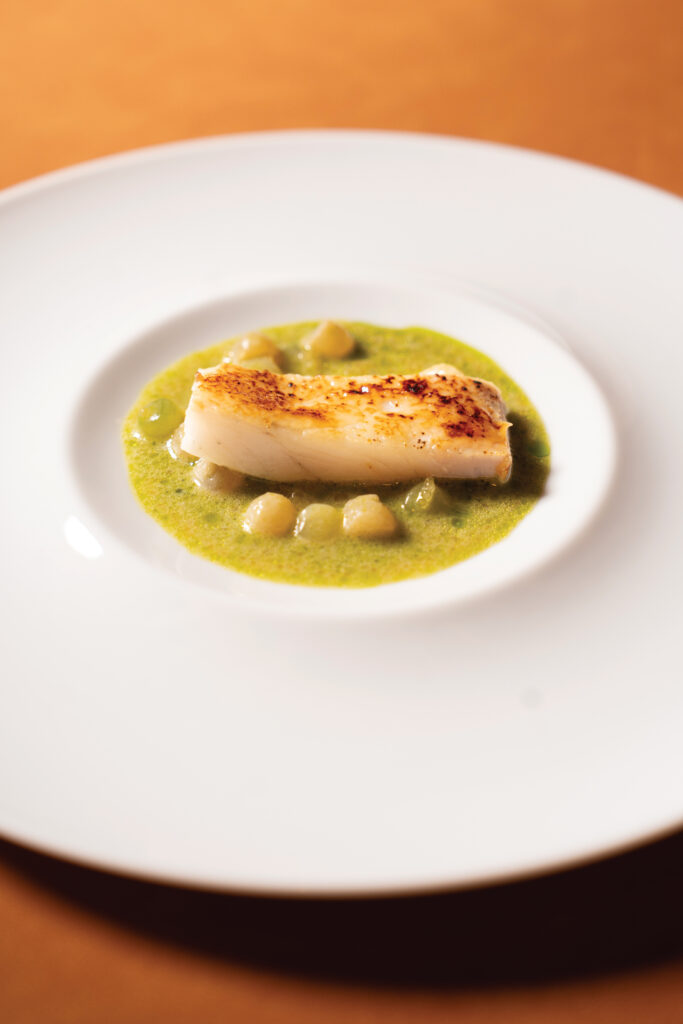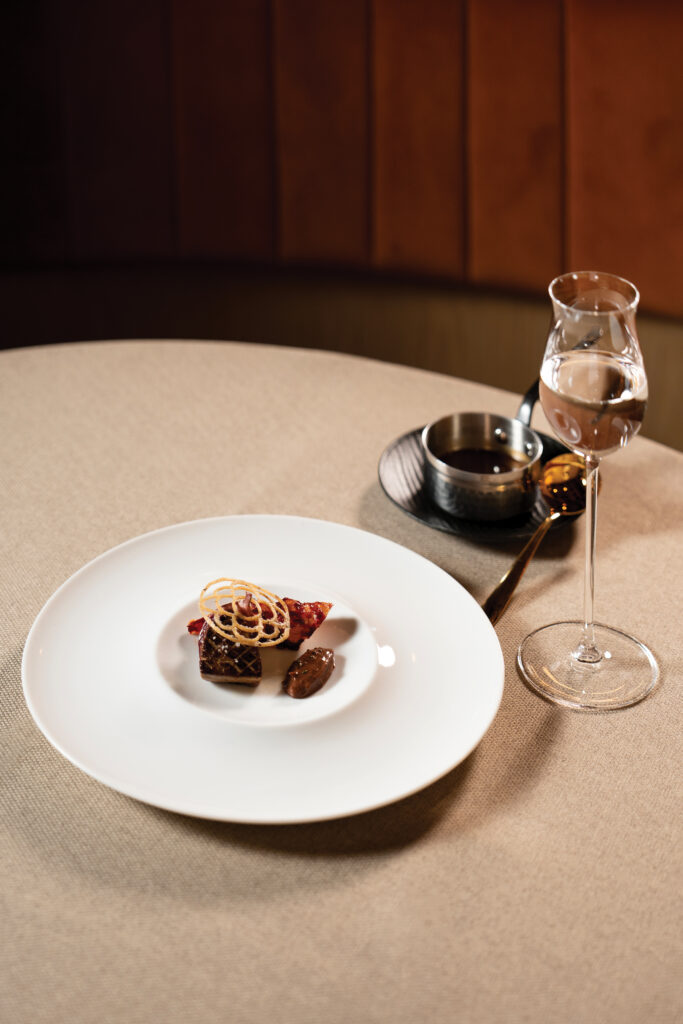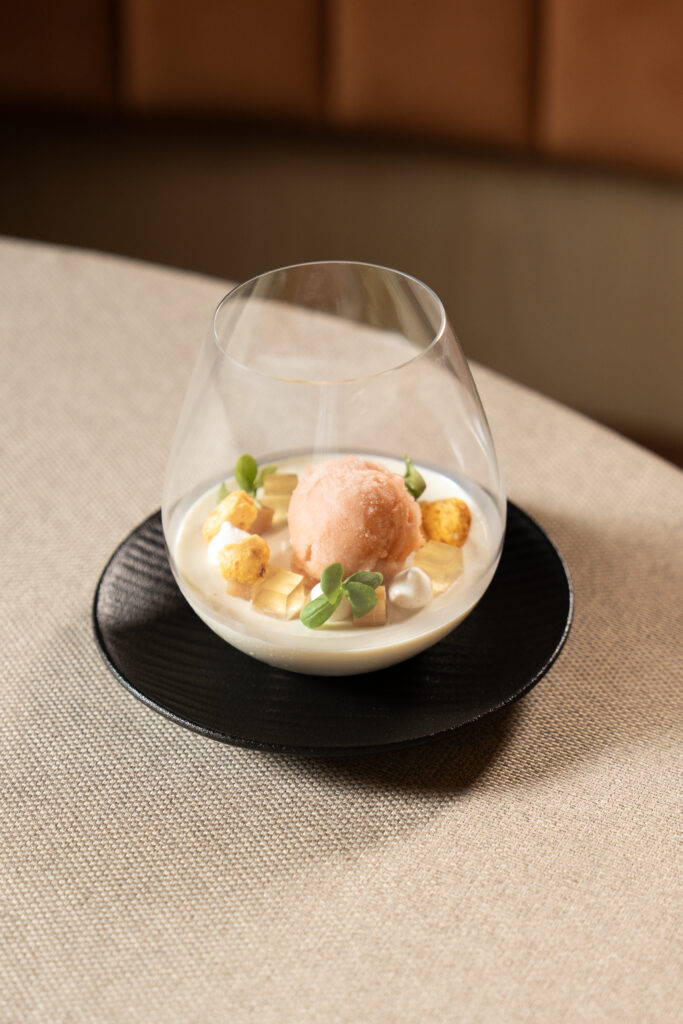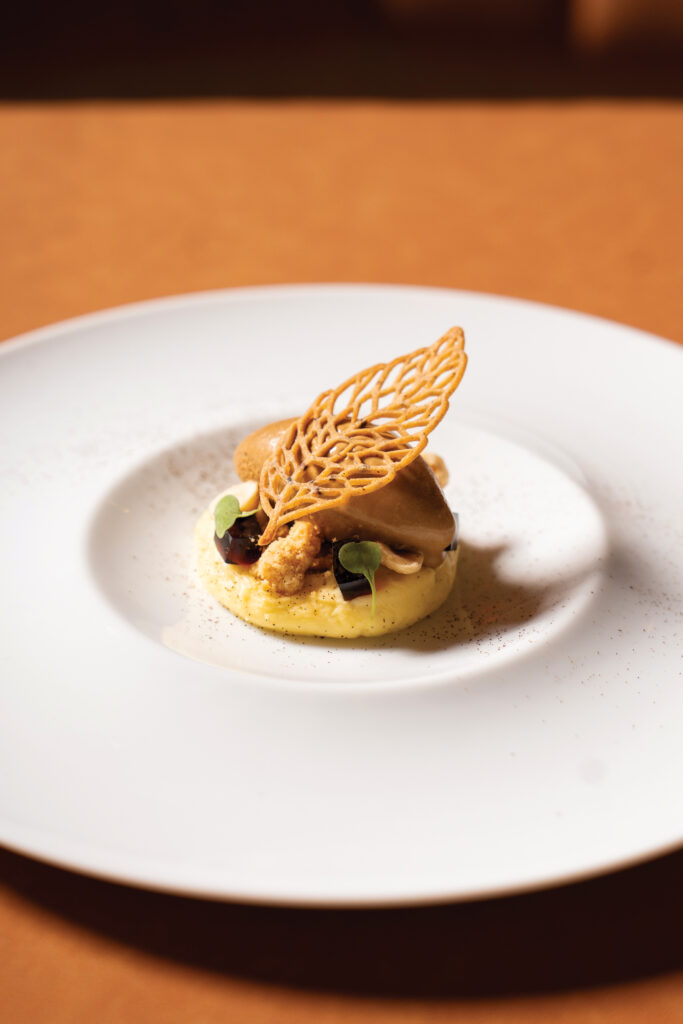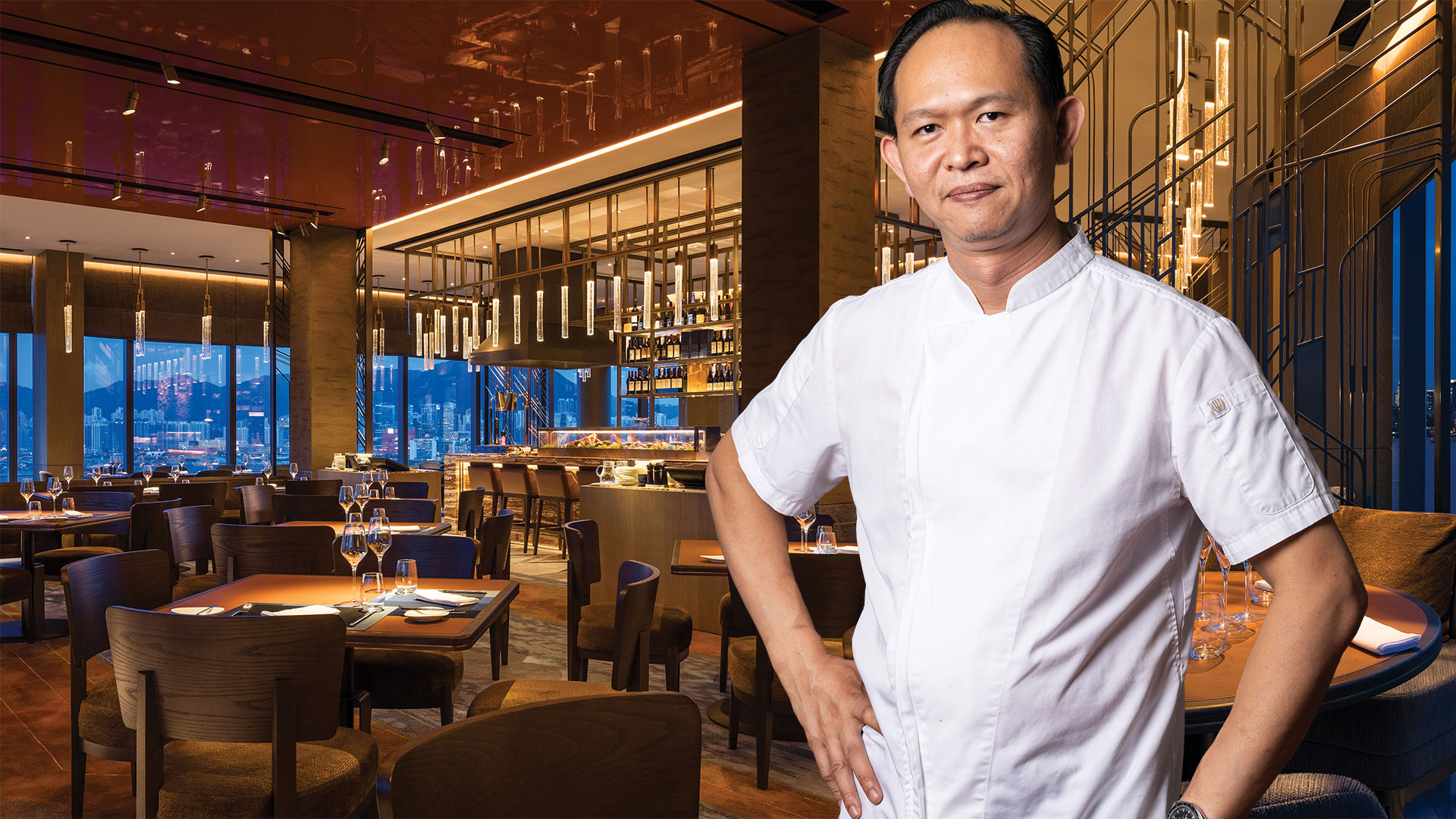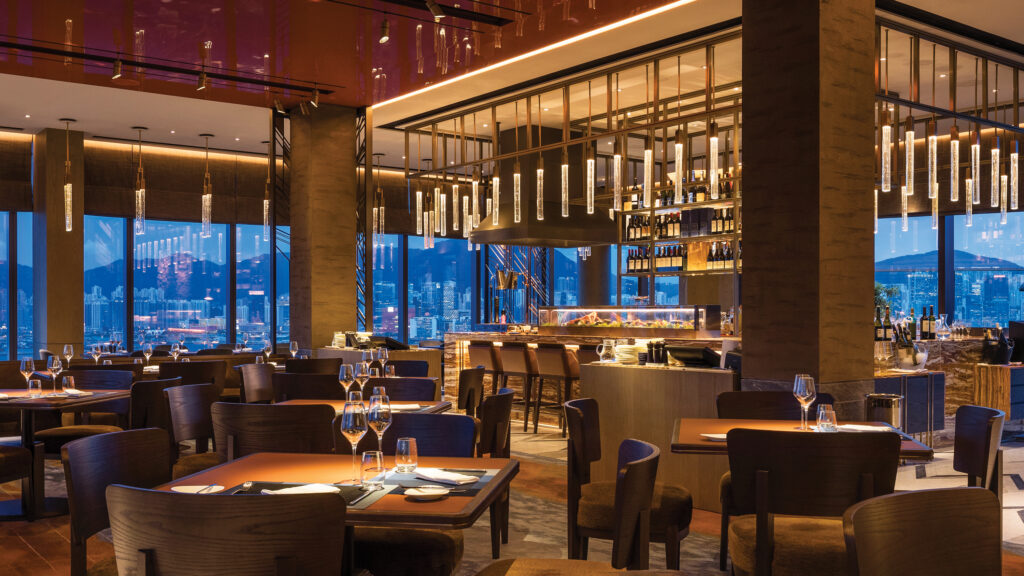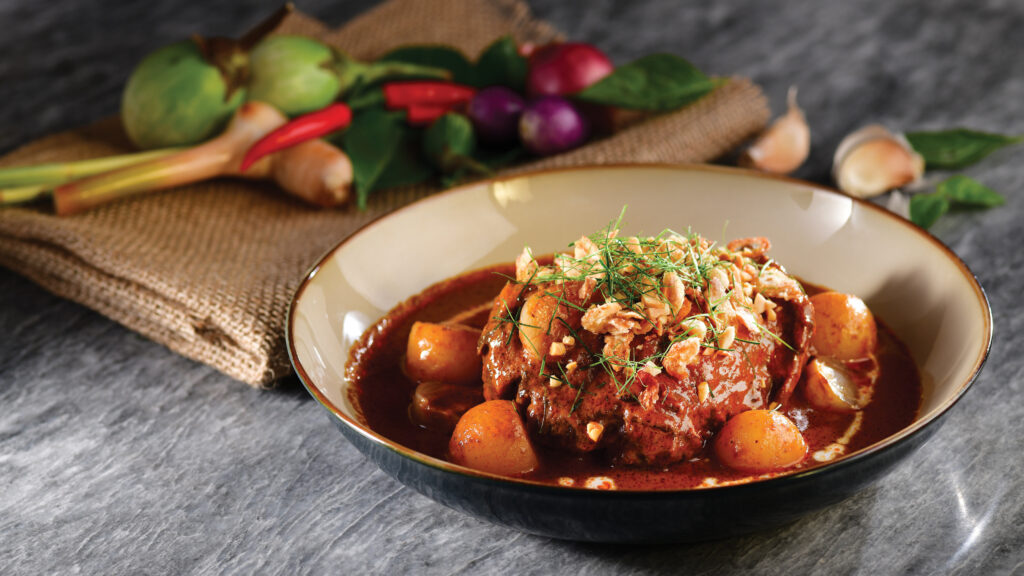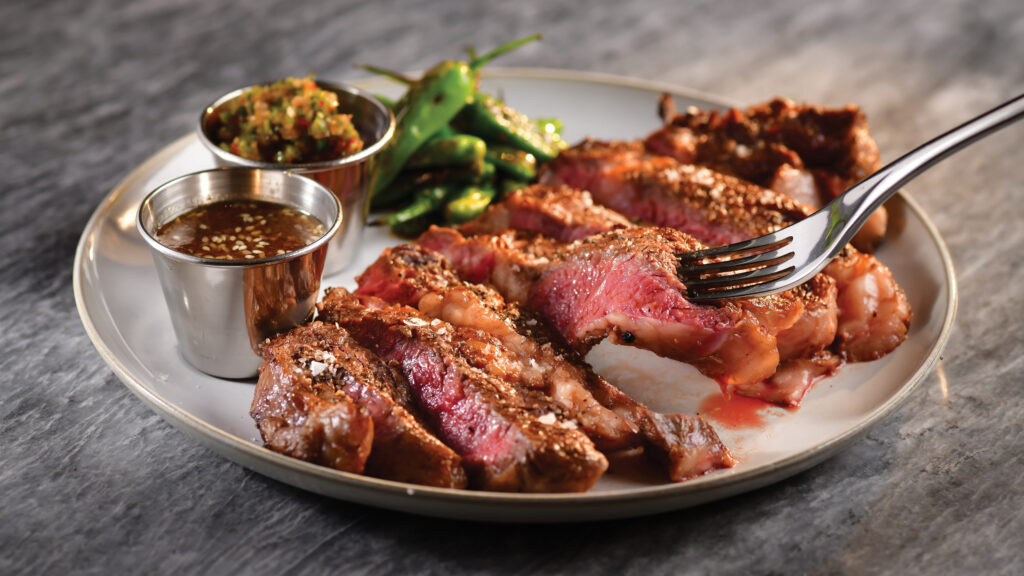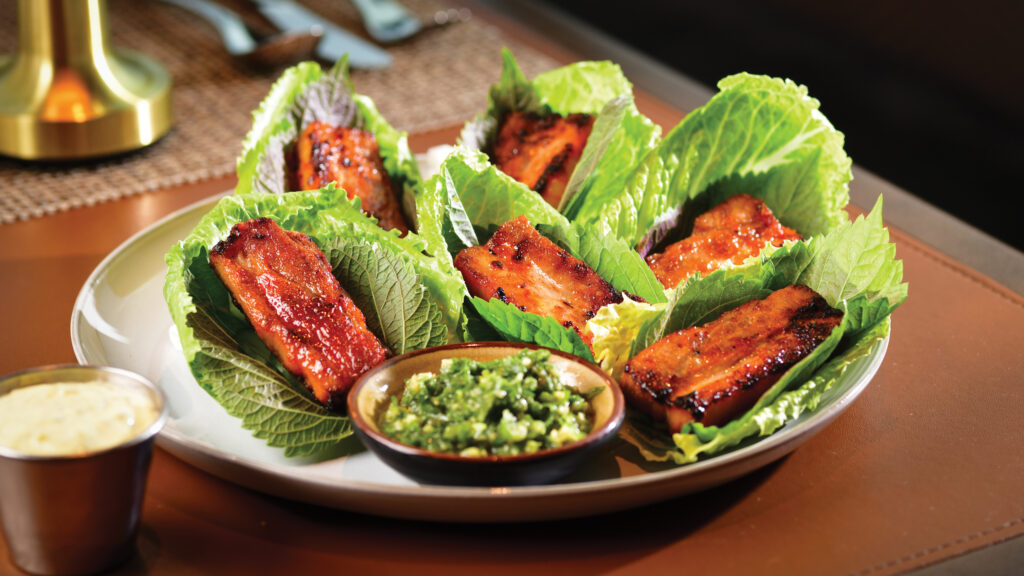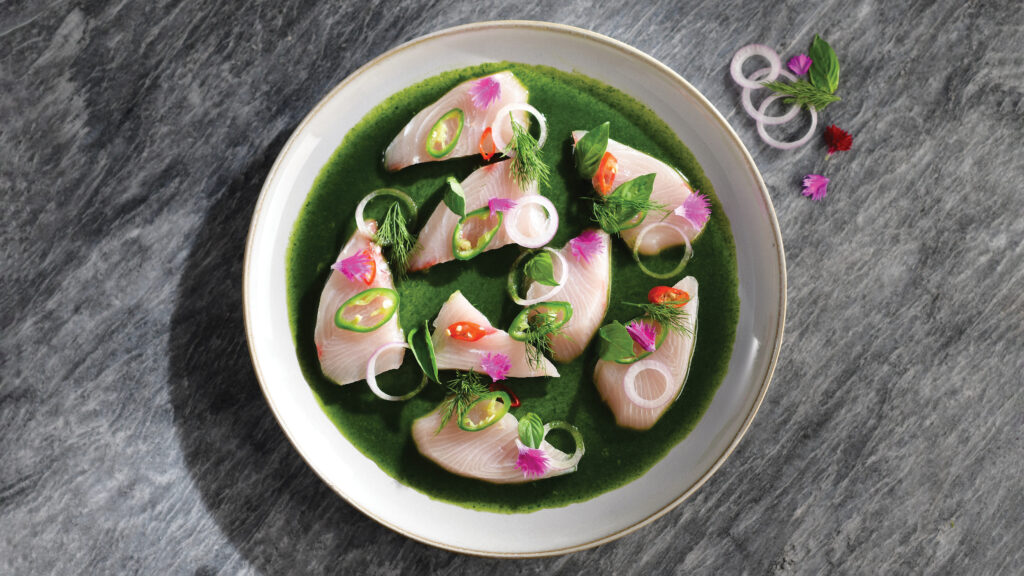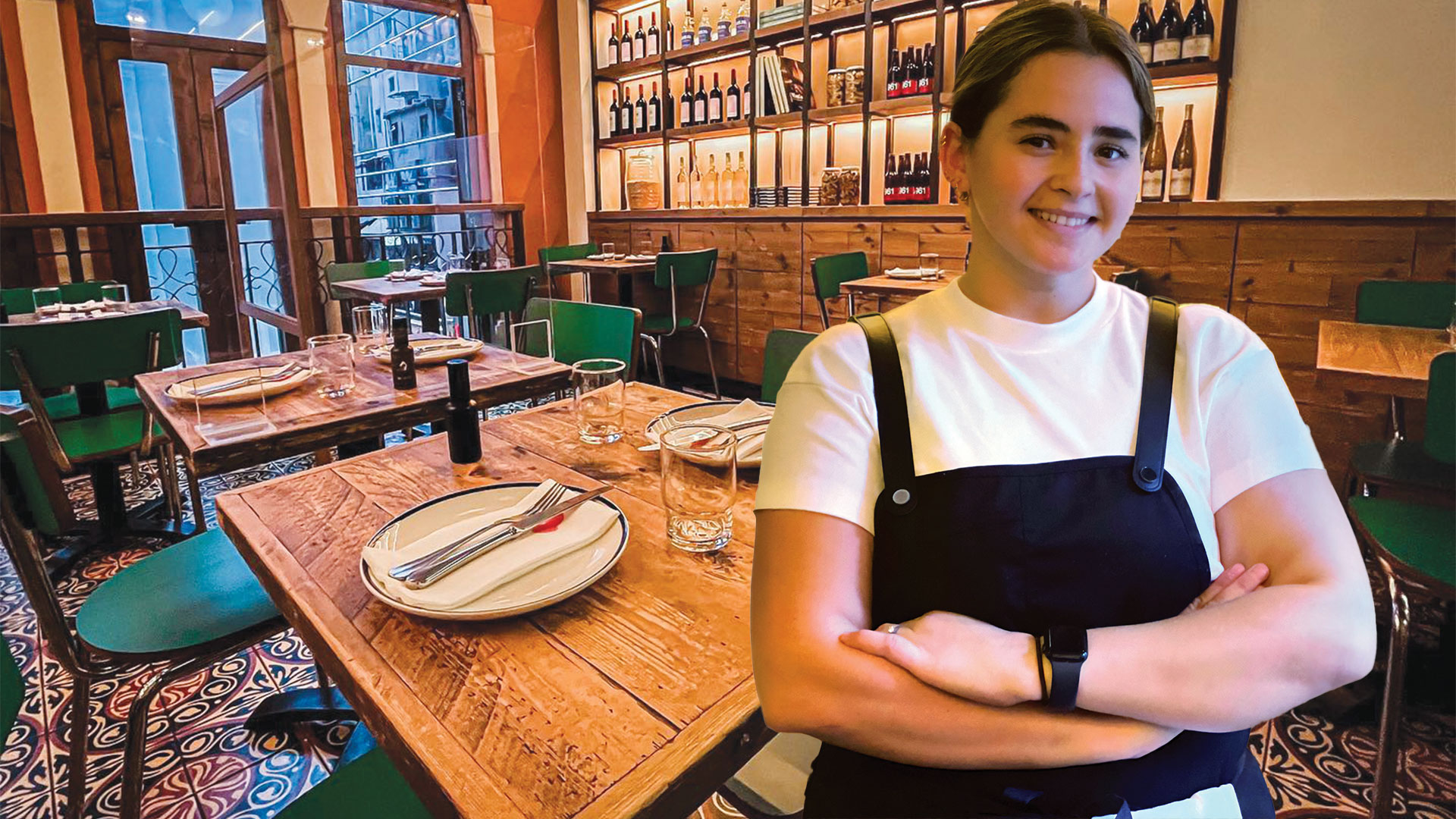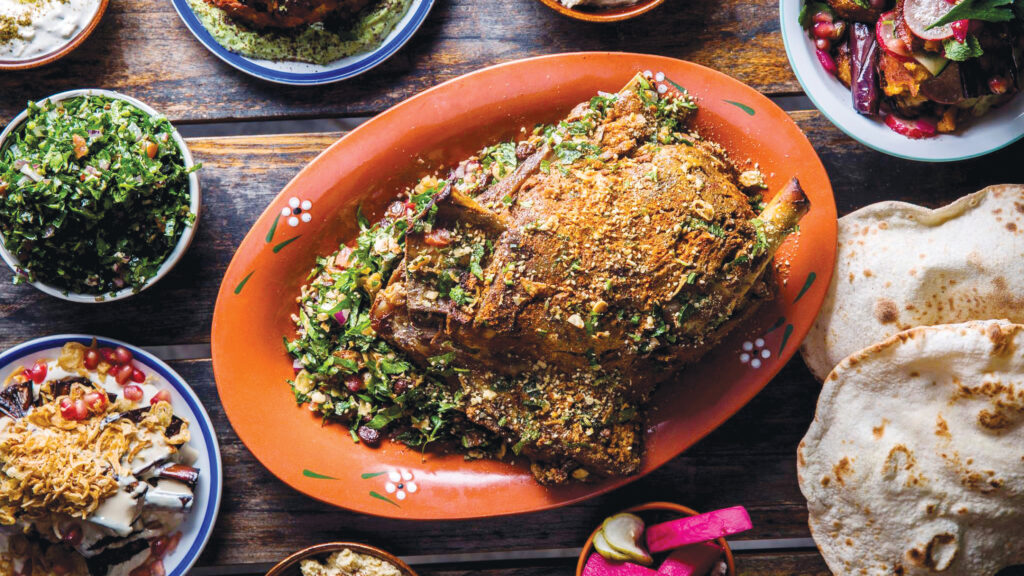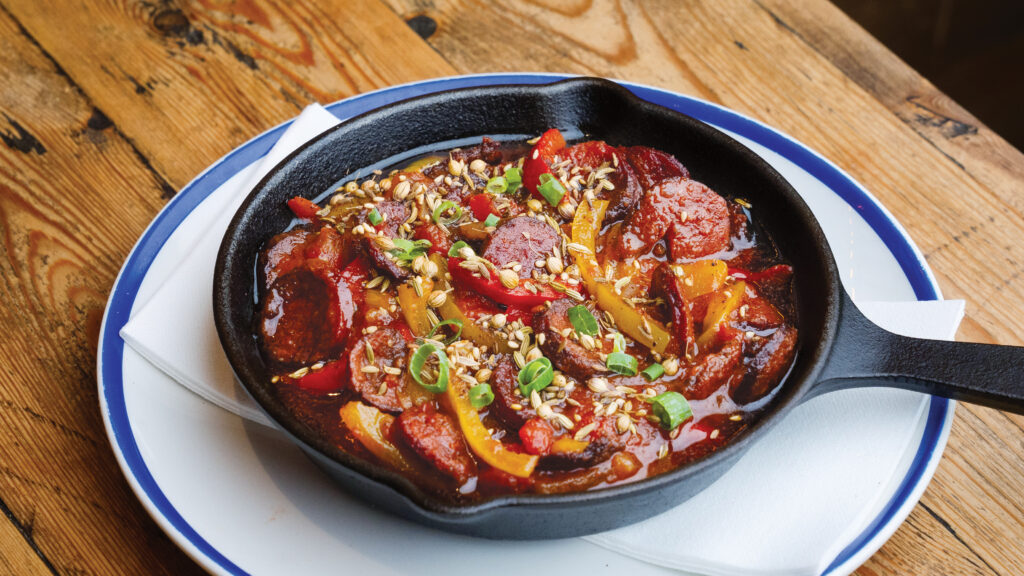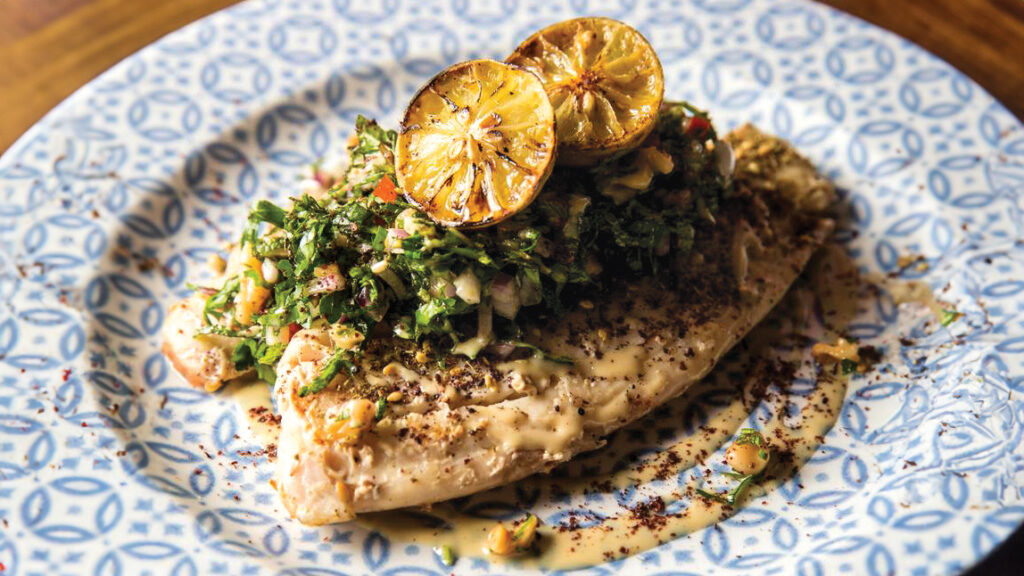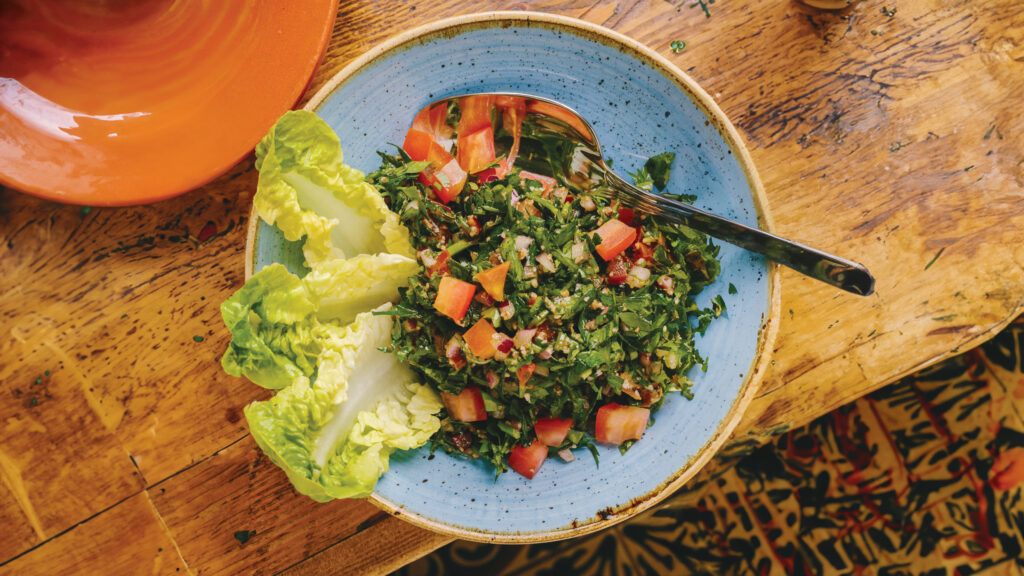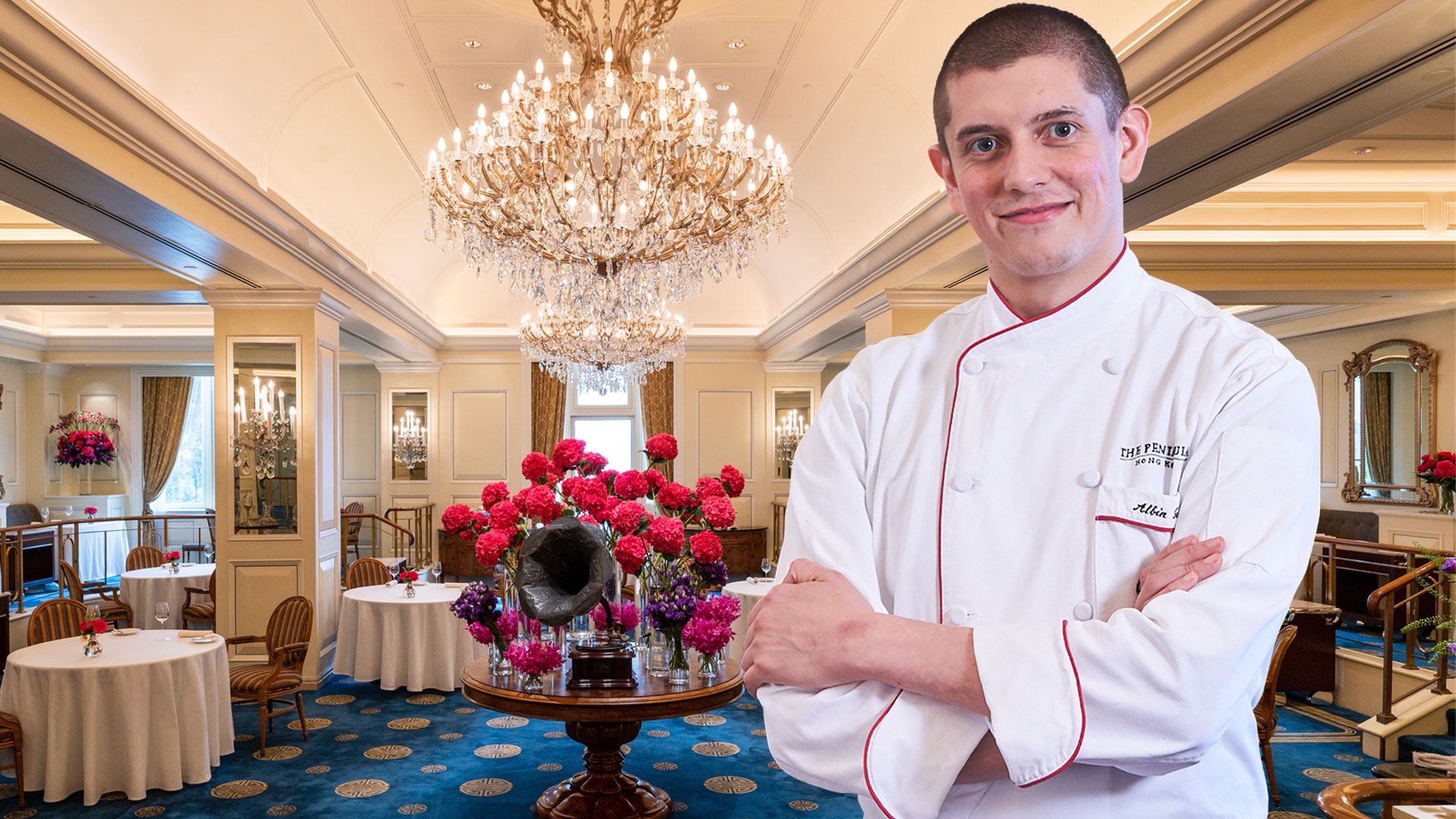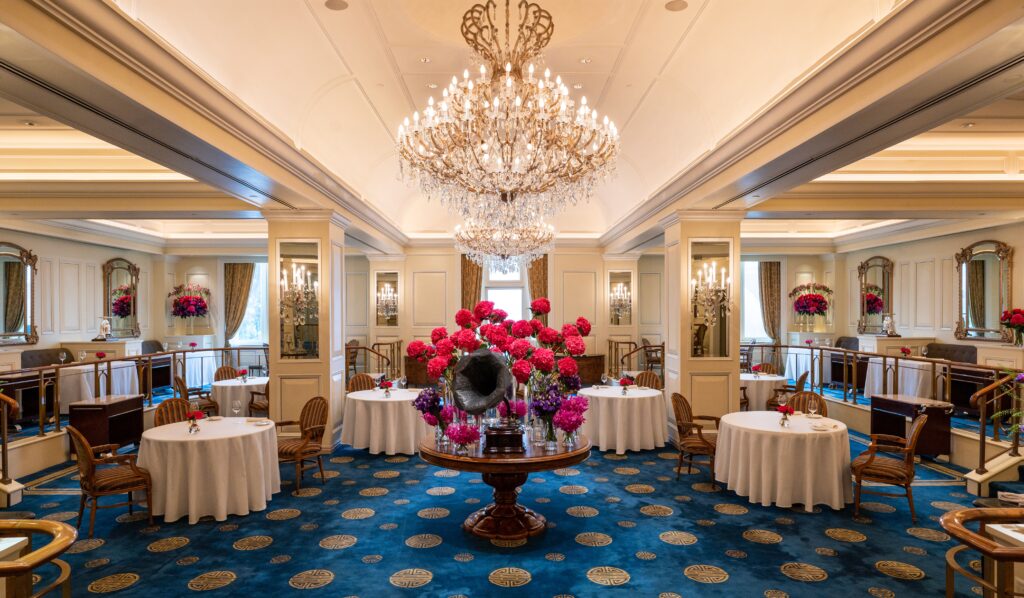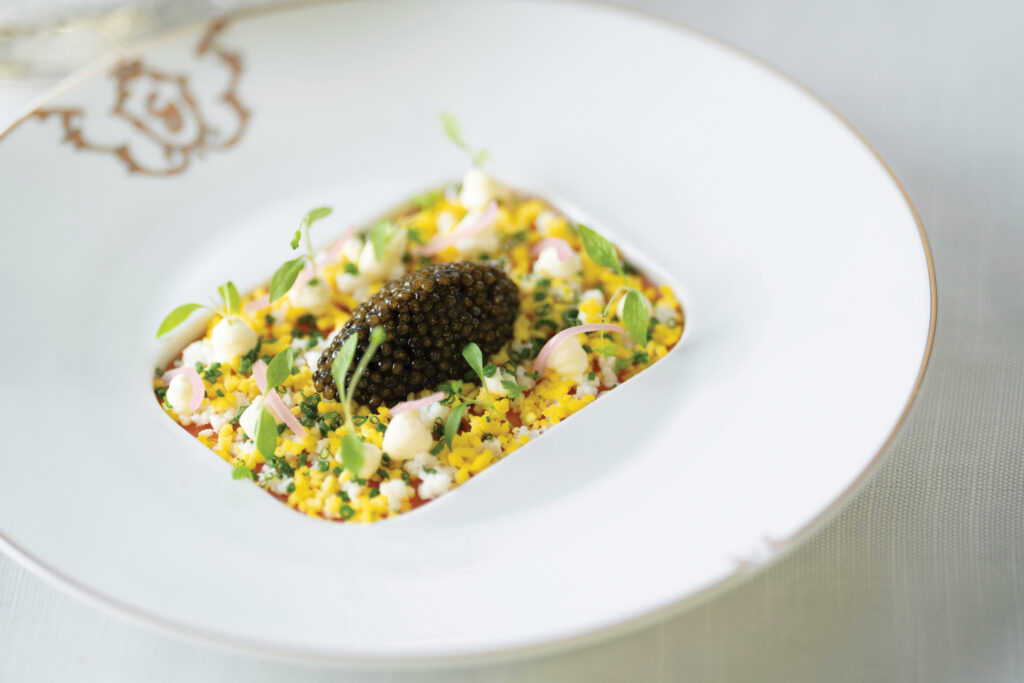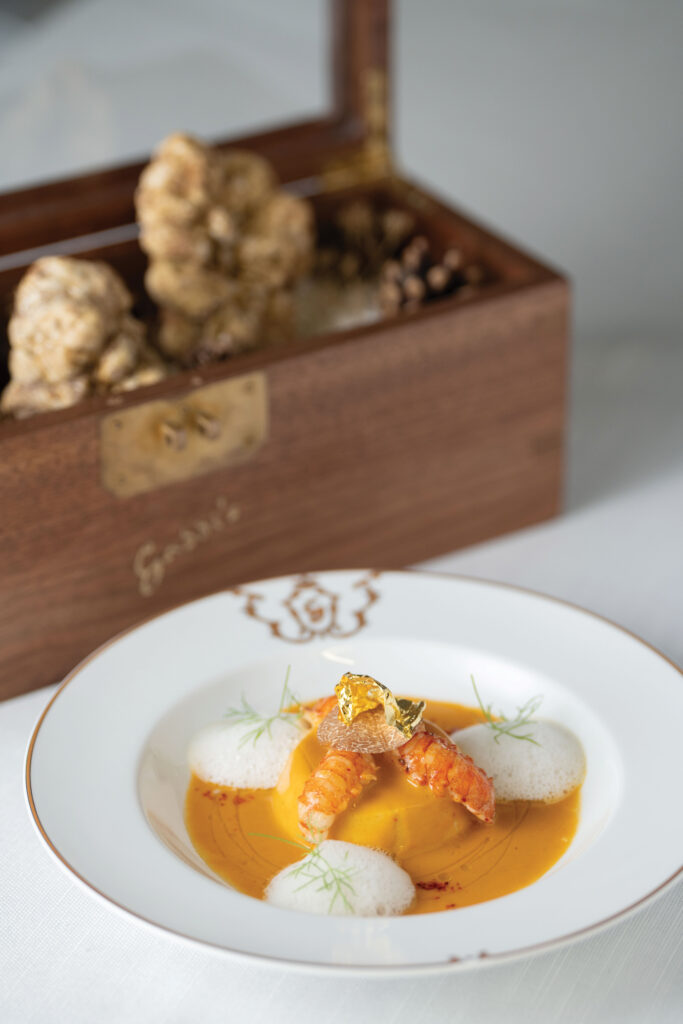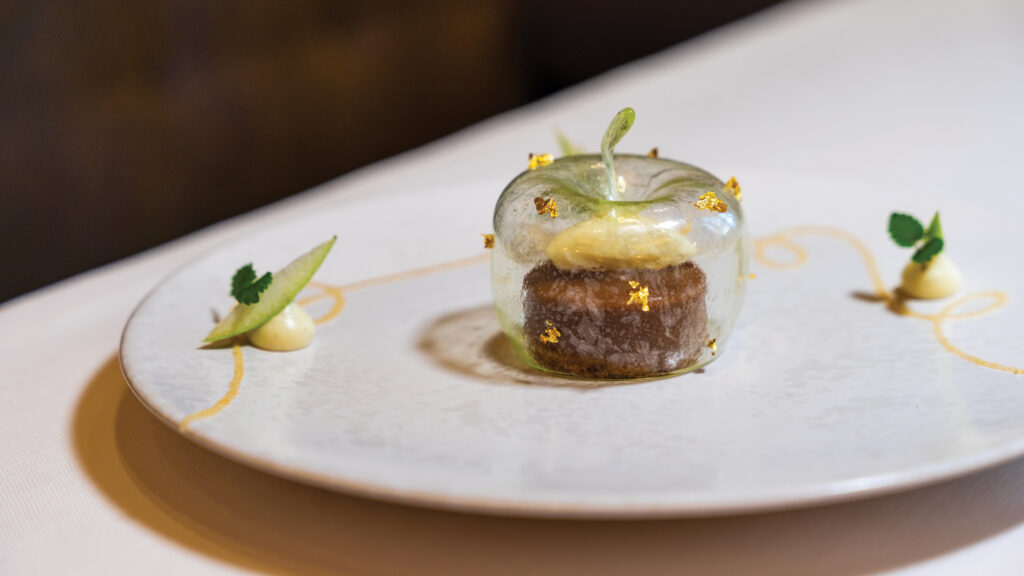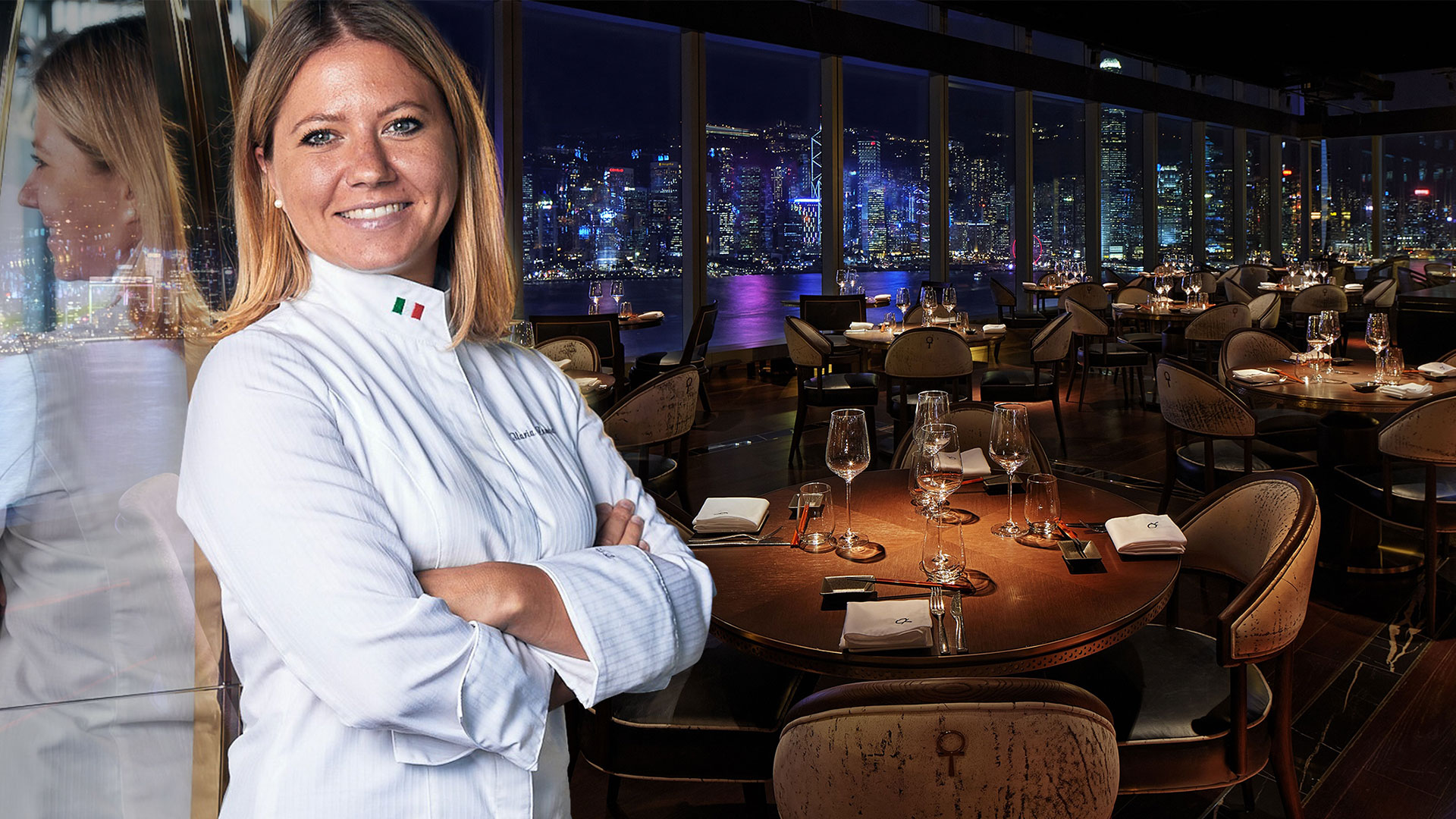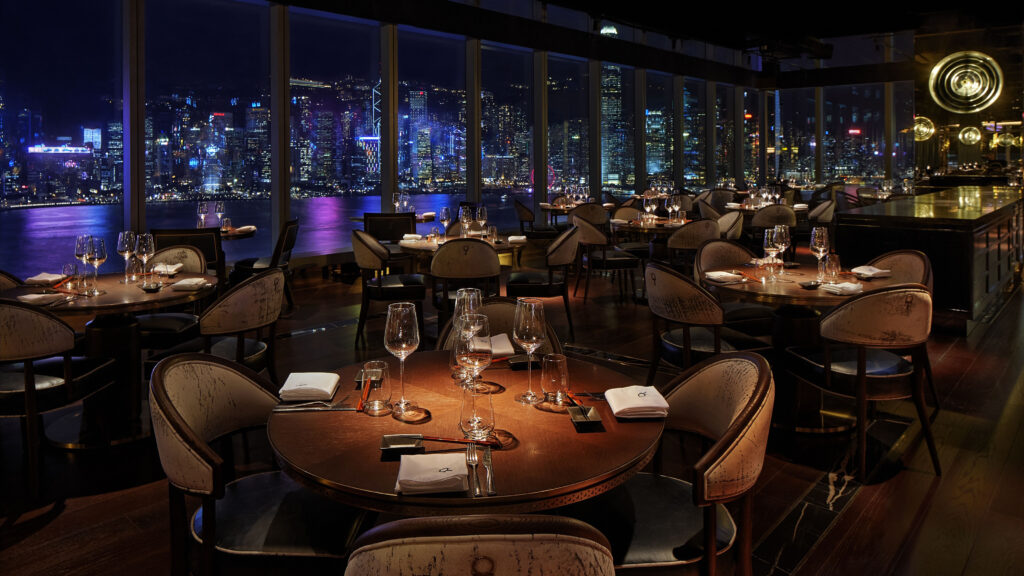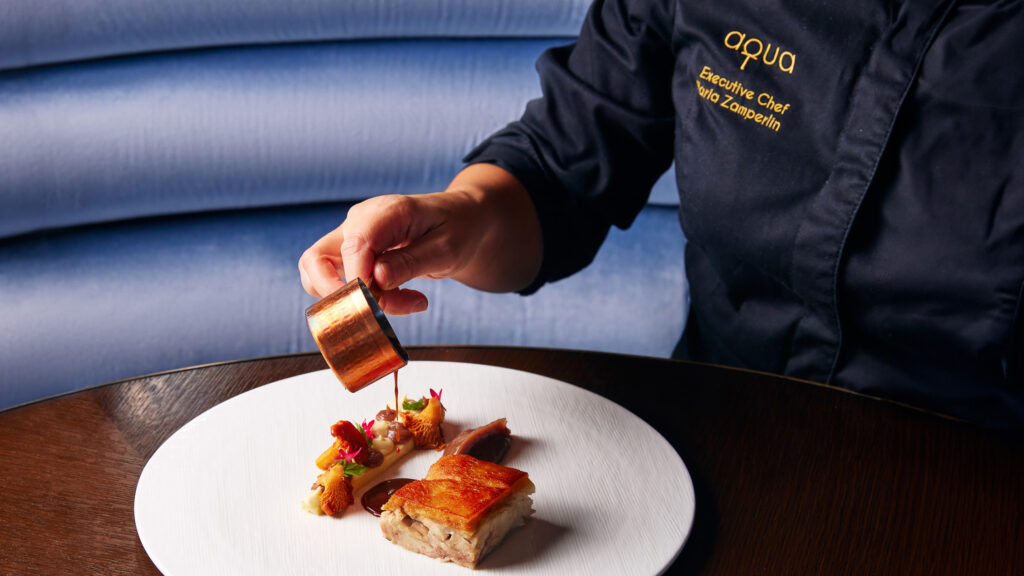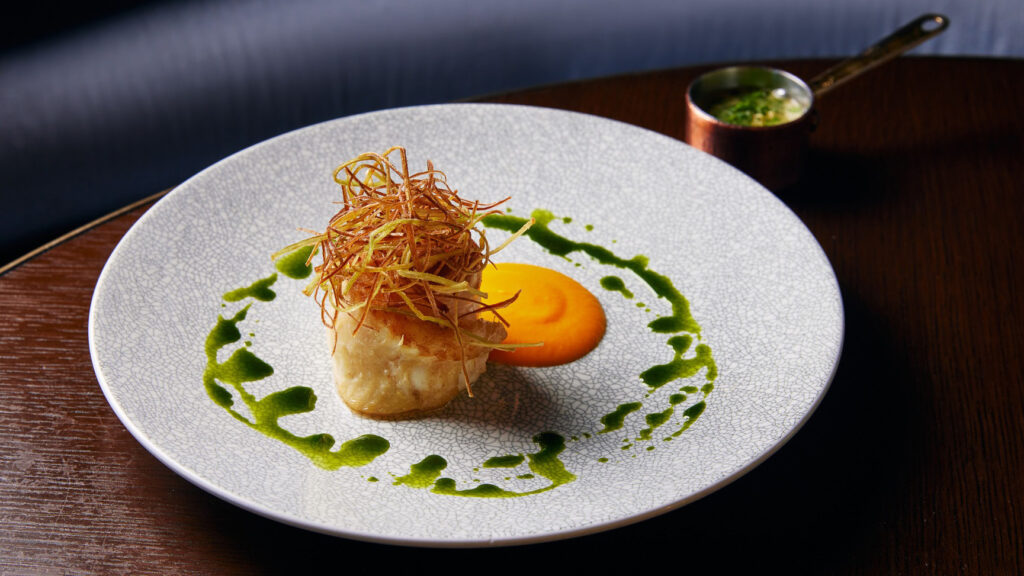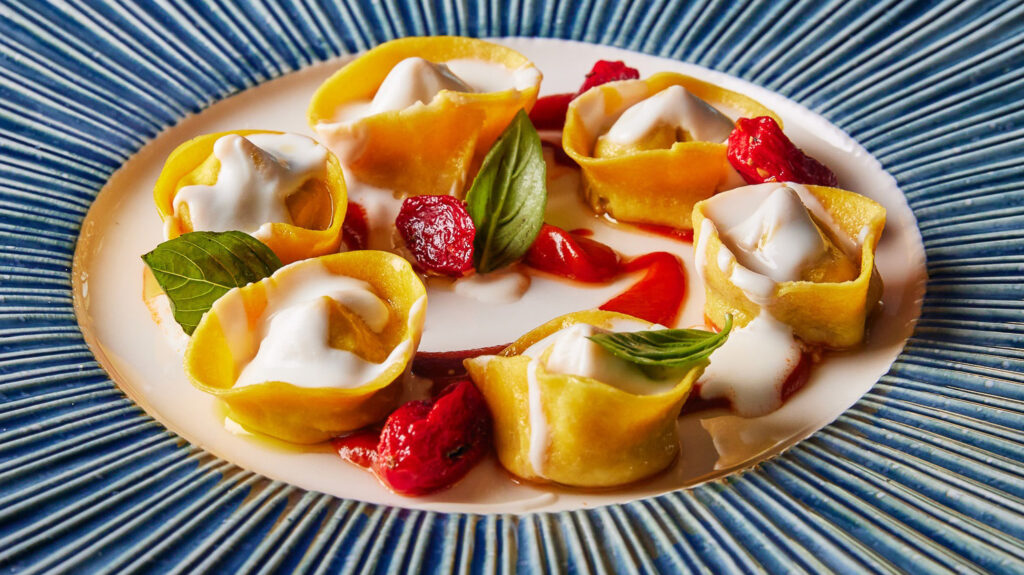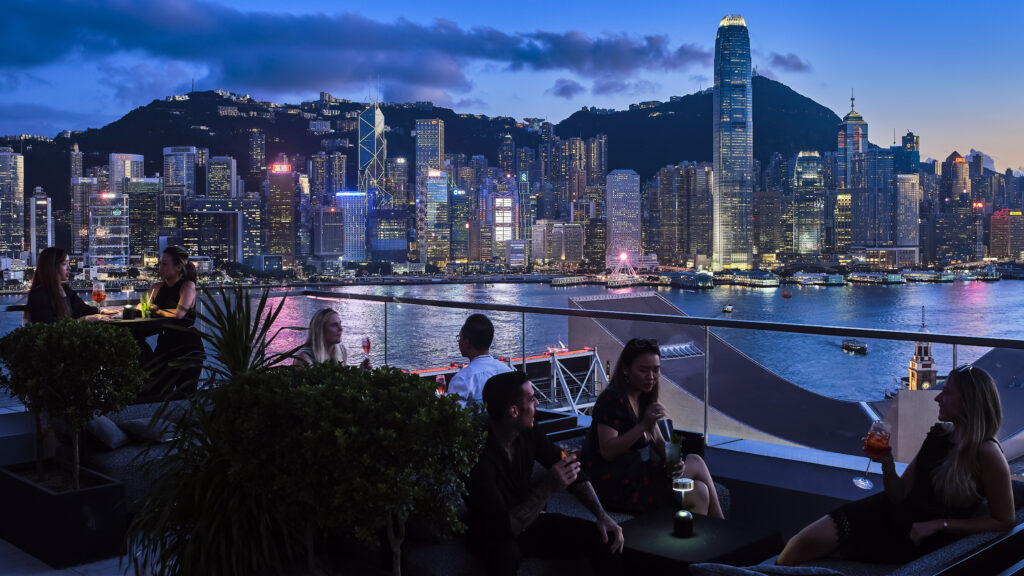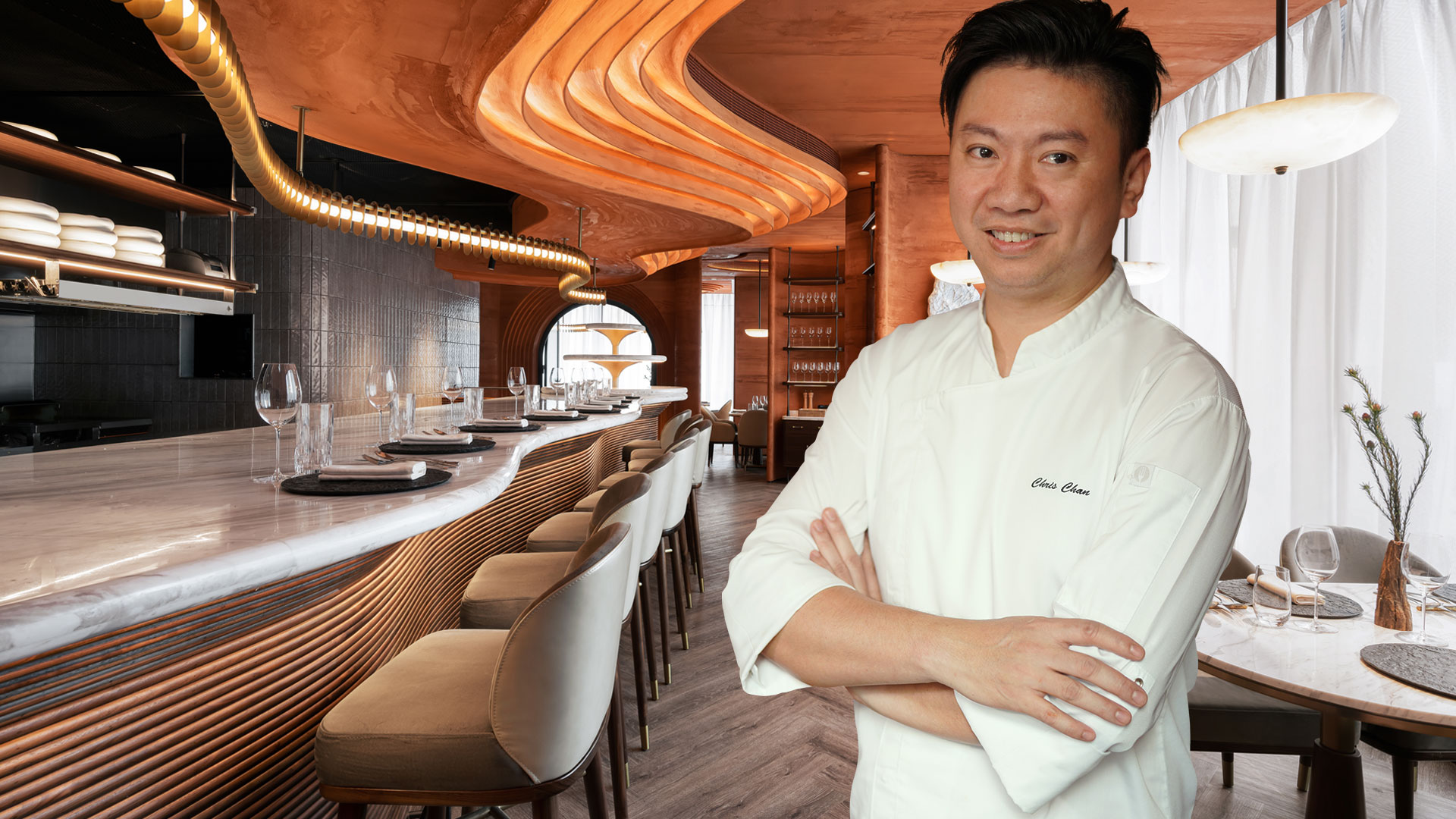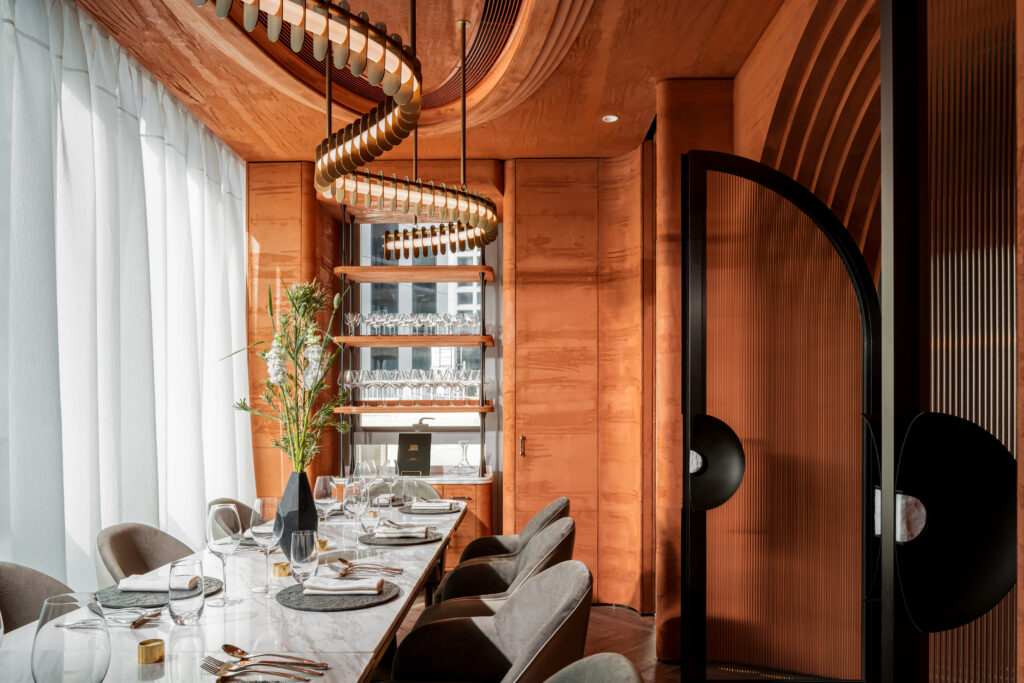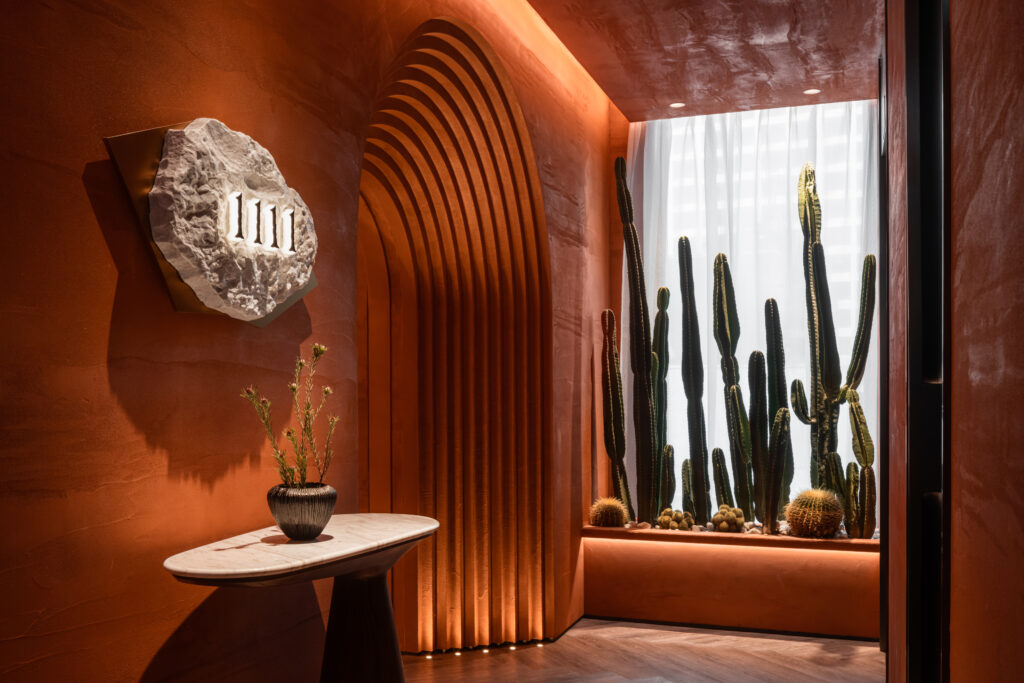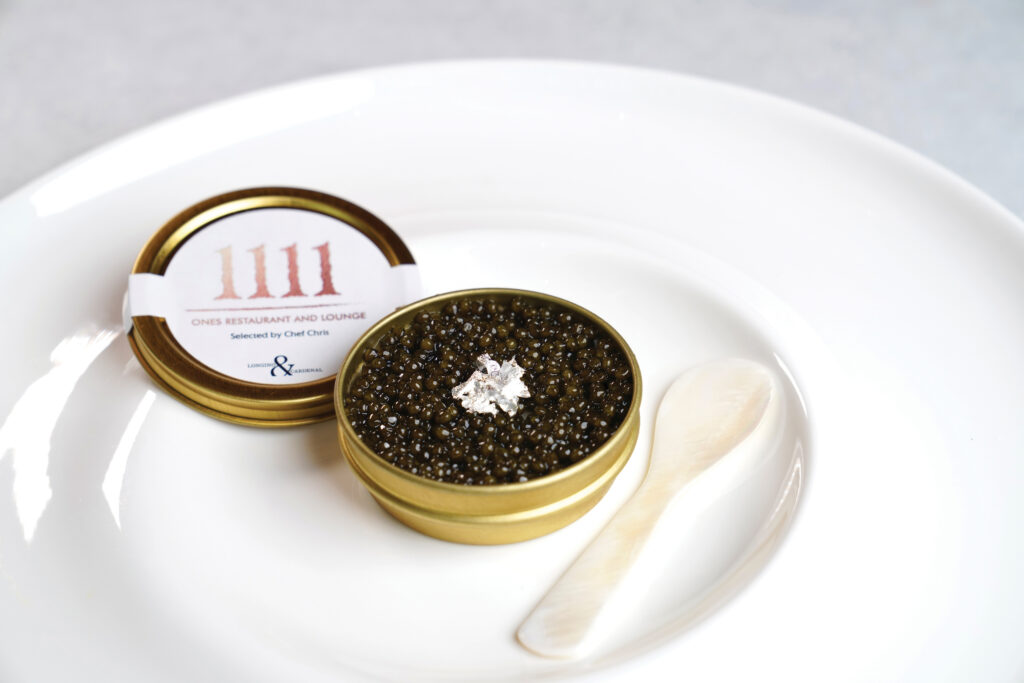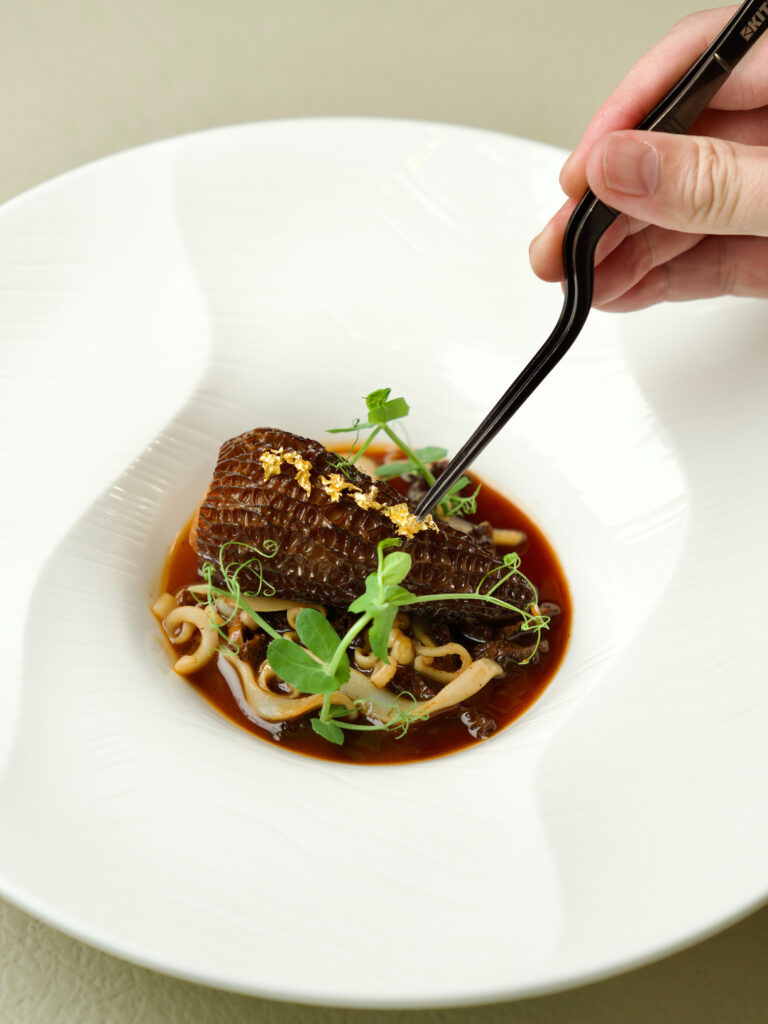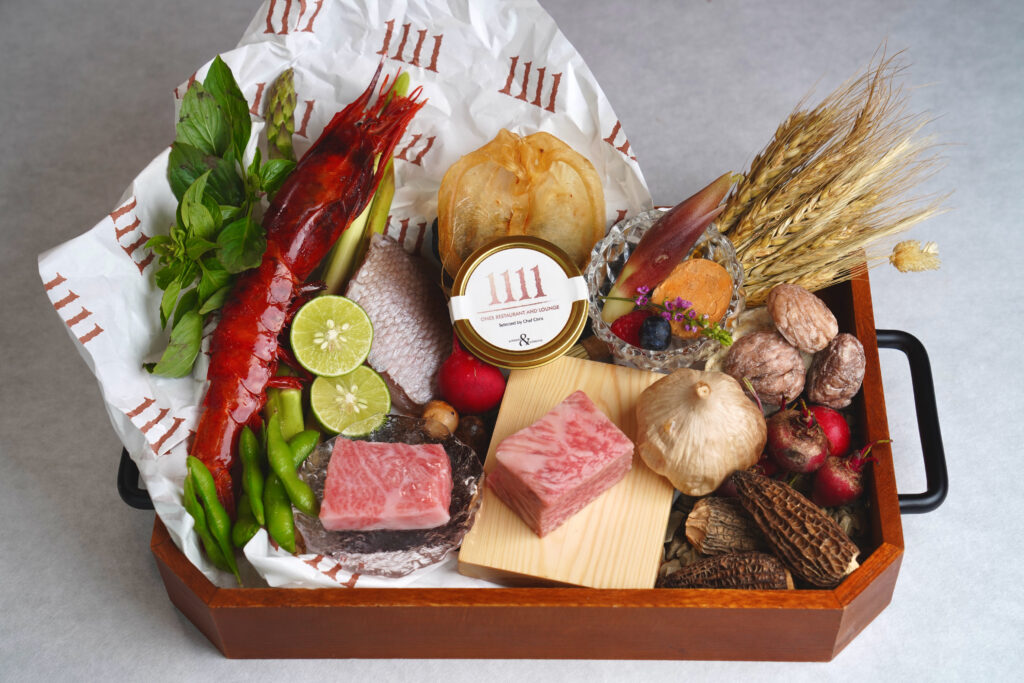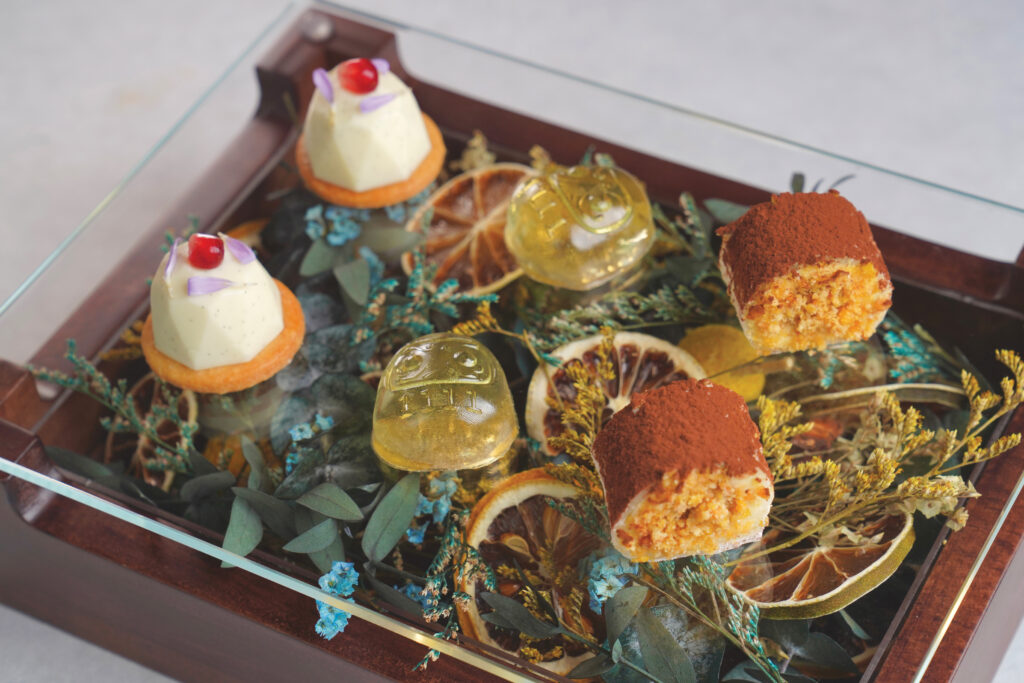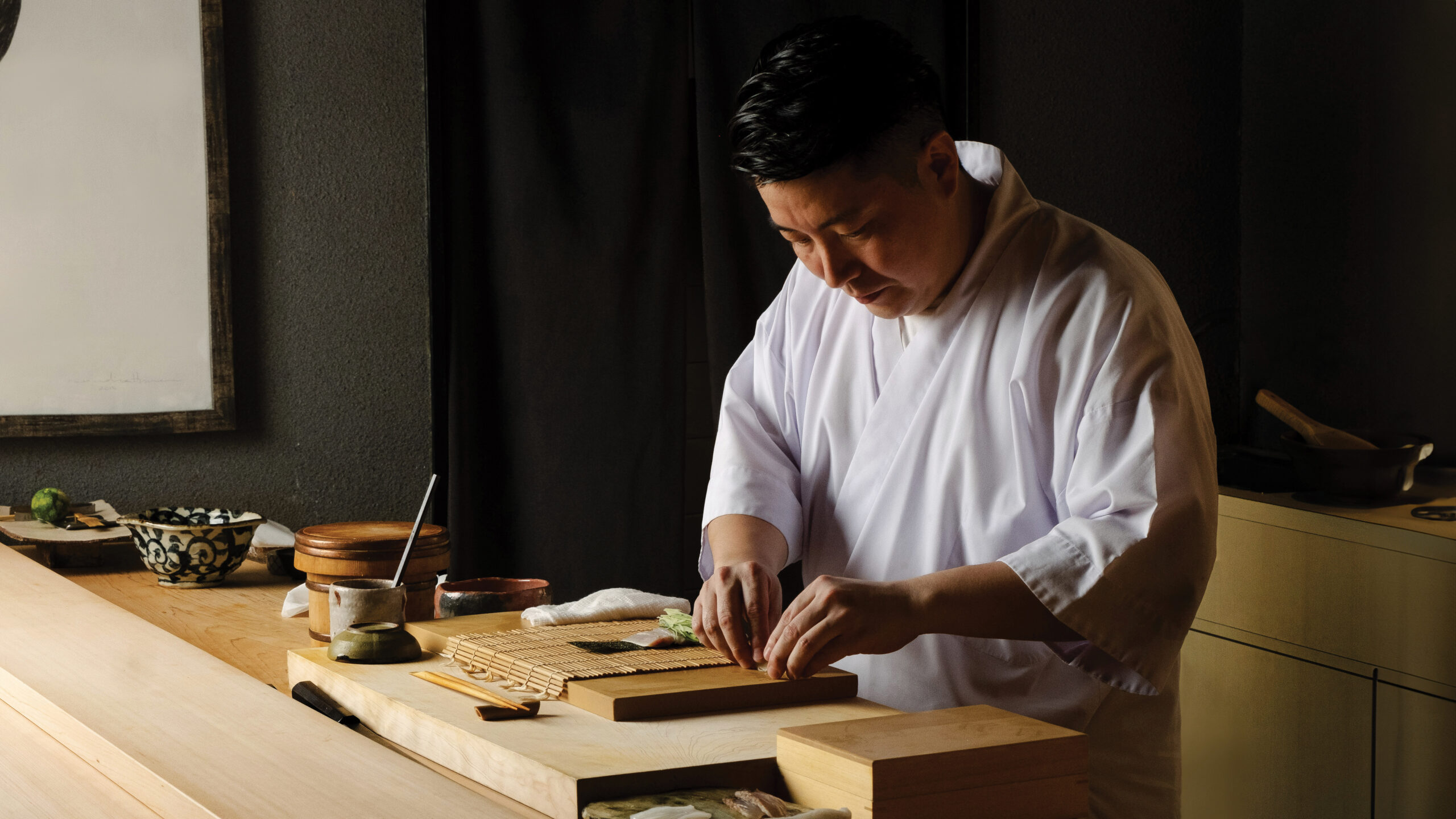Nose-to-tail dining could hardly be more sophisticated than at Carna by Dario Cecchini in Mondrian Hong Kong, where the Tuscan master butcher – lauded as the world’s greatest – has joined forces with fast-rising chef Daniele Milliani in a renaissance-style sanctuary conceived by renowned interior designer Joyce Wang. Astounding views of Hong Kong’s harbour and skyline from the 39th floor of the hotel located in the heart of buzzing Tsim Sha Tsui adds to the sense of occasion.
Carna by Dario Cecchini is poised to become Hong Kong’s hot table nonpareil; it is the first Carna in Asia, joining sister restaurants in Dubai and the Bahamas. The name signals a feast of meat, and during an exclusive chef’s table tasting experience, culinary theatre is duly conjured from a variety of premium beef cuts and the butchery tradition of using every single scrap to great effect.
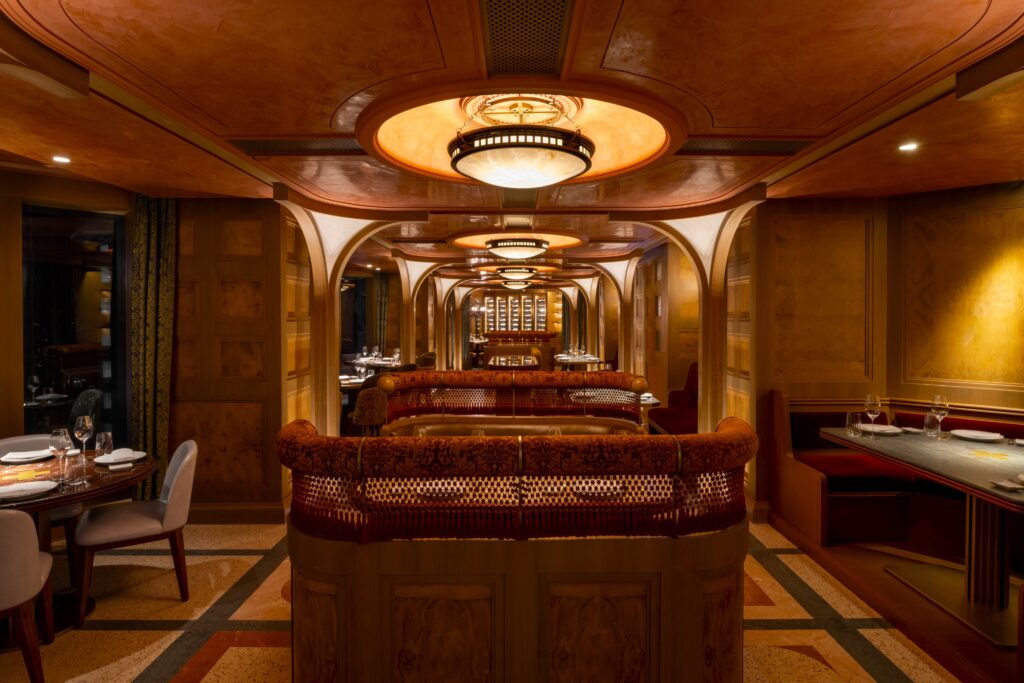
“The meats served at Carna are sourced from carefully selected farms and purveyors known for their commitment to quality and sustainability,” explains Senior Sous Chef Billy Yau. “We work closely with these suppliers to ensure the animals are raised using ethical and humane practices.”
Most of the beef undergoes an extensive dry-ageing process in Carna’s specialised temperature and humidity-controlled ageing room. This process takes between 45 and 60 days, during which time the enzymes in the meat naturally break down the connective tissues, concentrating the flavours and tenderising the texture to create the signature deep, rich taste and melt-in-your-mouth quality of Carna’s meats.
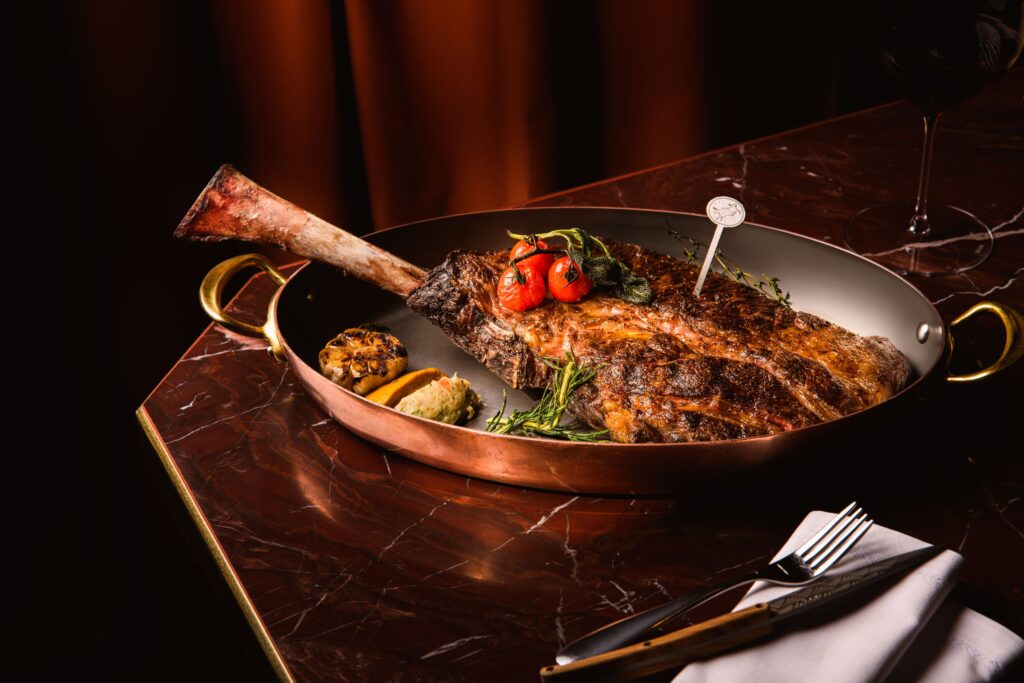
The chef’s table experience is an exceptional opportunity to witness culinary mastery firsthand. One highlight is the tableside preparation of a sublime beef tartare, where the chef expertly hand-chops the lean, flavourful meat and combines it with a simple yet impactful marinade of garlic, paprika, lemon, chilli, Chianti salt and olive oil. The result is a pure and explosive taste that coats the palate with a deep, salty, meaty savour and a subtle kick of heat.
“Carna is a butcher’s project, shifting away from the classic steakhouse concept toward the idea of a ‘whole-cow house’,” says Chef Yau. “The spirit here is to make the animal’s sacrifice more respectful and sustainable by embracing the idea that there is no ‘best cut’ – rather, every part of the animal, if prepared with care and expertise, can be equally delicious.”
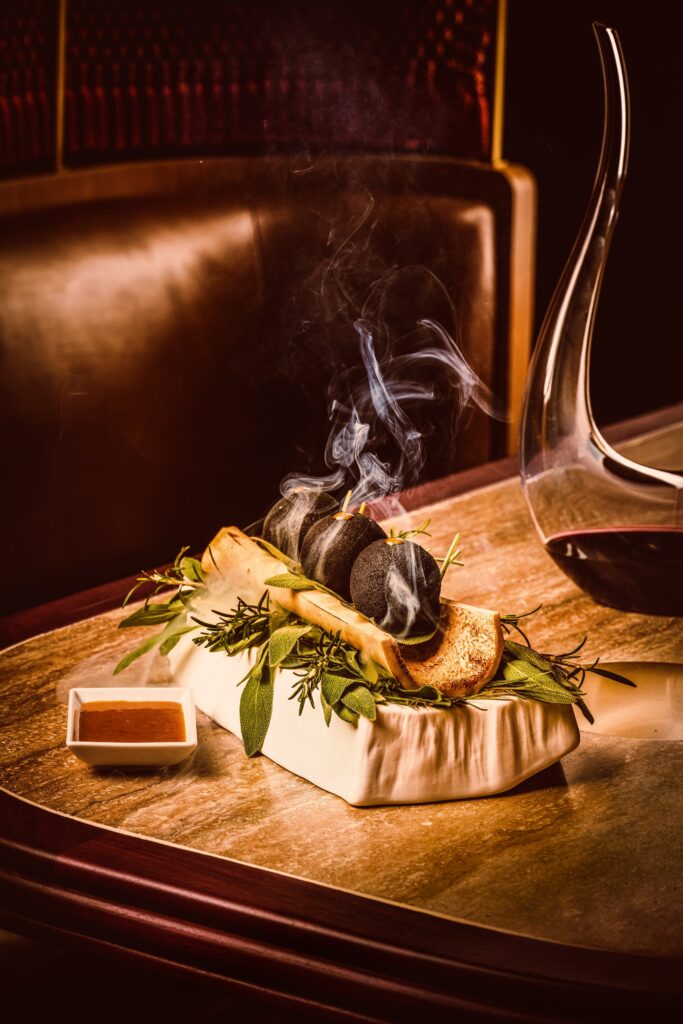
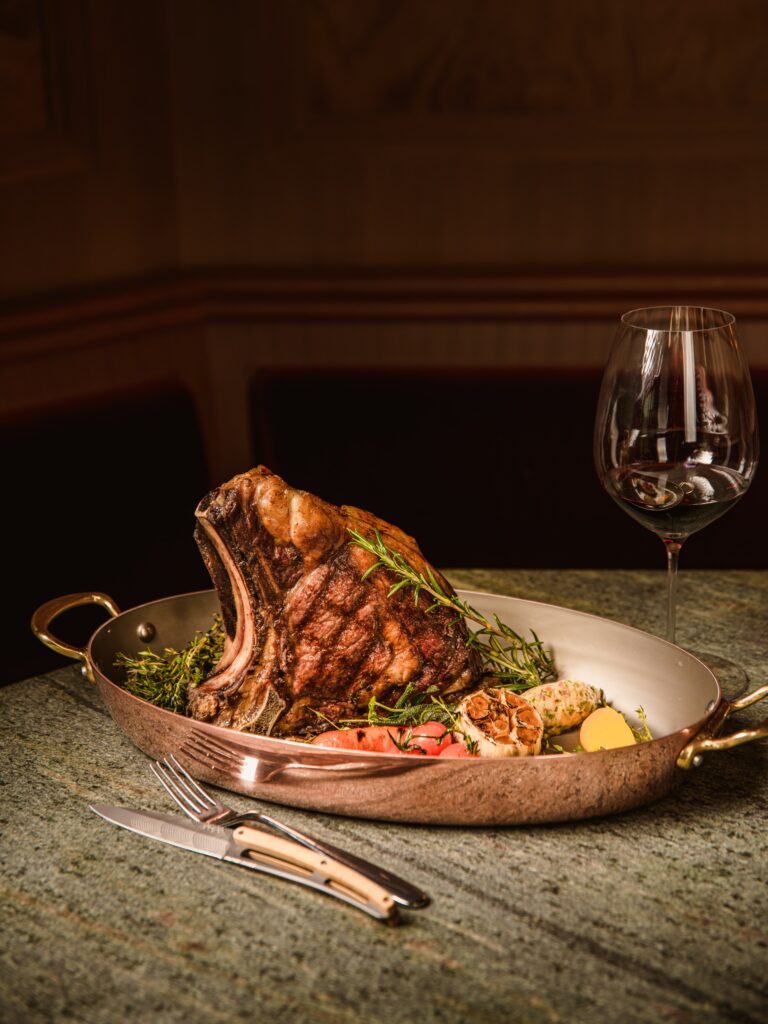
To bring this philosophy to life, the menu offers an extensive selection of 18 different beef cuts, from classic options like tongue and beef shank to more unique and lesser-known cuts like the Etruscan (from the cow’s forequarter) and the tail. Each is treated with the utmost attention, showcasing how every element of the animal can shine when handled with the proper techniques and reverence.
This holistic approach not only elevates the dining experience but also reflects Carna’s commitment to sustainability. By embracing the entire cow, the restaurant aims to make the most of each animal and minimise waste, ensuring a more responsible and environmentally-conscious approach to sourcing and serving premium beef.
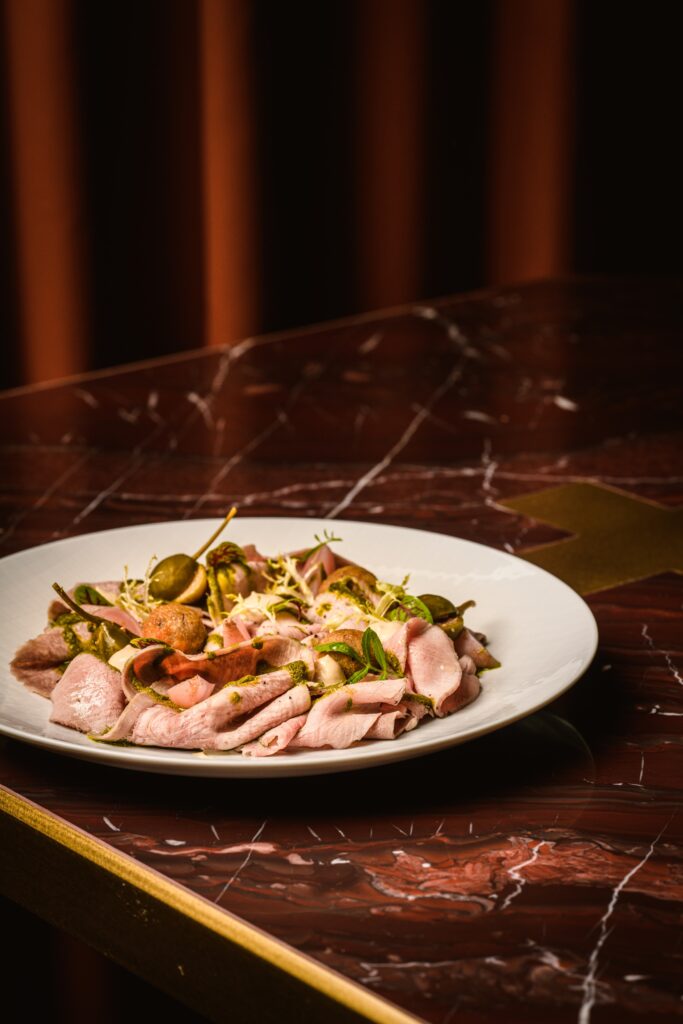
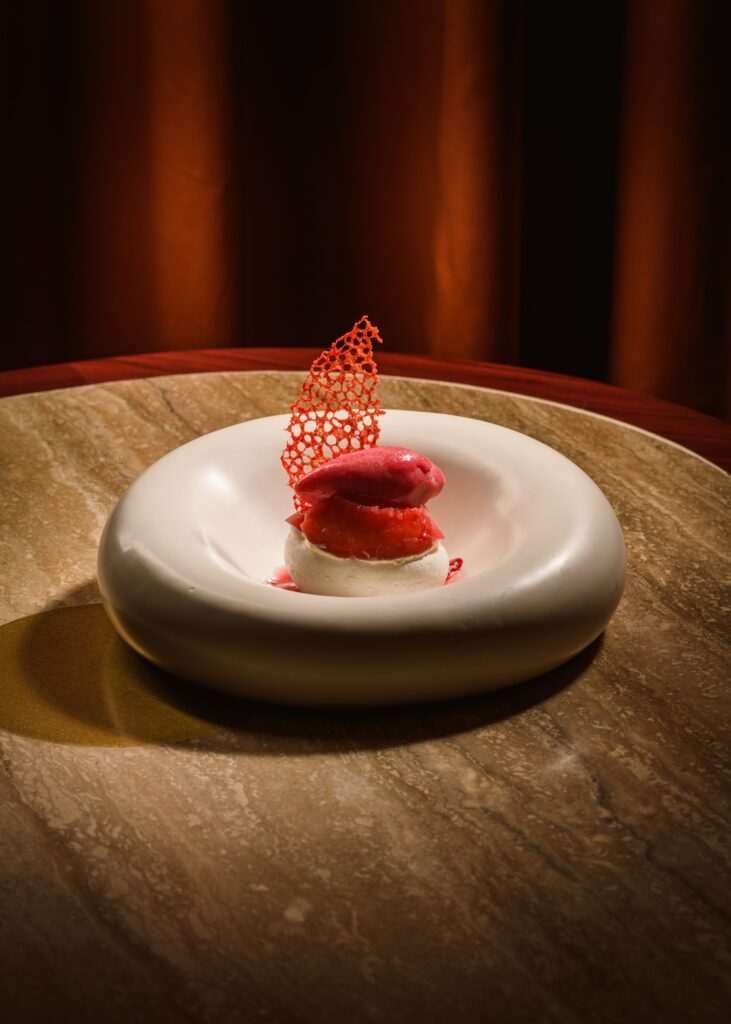
Alternatives to all this meat can be found in ‘The Garden’ section of the menu, as well as seafood mains like Italian sea bass with capers, garlic, Taggiasche olives and anchovies and tagliolini with calamari spillo, mussel, potato foam and roasted bell pepper coulis.
To complement the premium beef-focused menu, Carna offers an impressive selection of wines, with a focus on the top Tuscan pour of Chianti Classico, including Fontodi Chianti Classico and Molino di Grace Chianti Classico from Panzan, Cecchini’s hilltop hometown.
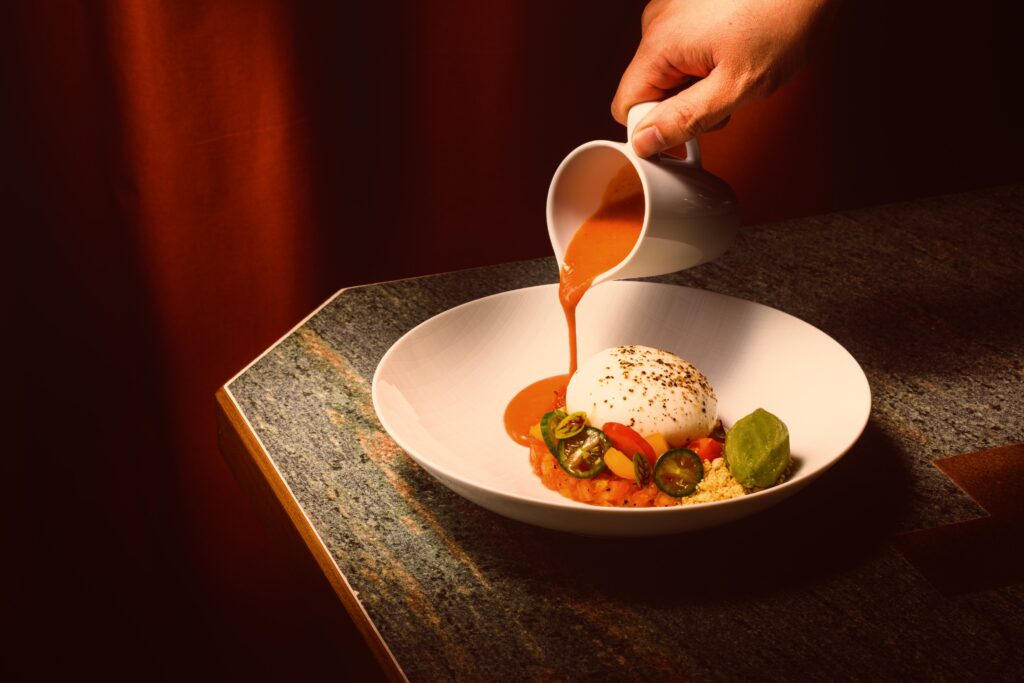
Just as the ‘whole-cow house’ philosophy ensures no part of the animal goes to waste, leftover ingredients from cooking are repurposed to craft specialty cocktails in a further celebration of sustainability. With its reverence for the animal, commitment to sustainability and culinary excellence, Carna by Dario Cecchini is poised to become a must-visit destination for foodies and a new benchmark for sophisticated nose-to-tail dining in Asia.
Carna by Dario Cecchini, 39/F, Mondrian Hong Kong, 8A Hart Avenue, Tsim Sha Tsui, Kowloon, Hong Kong
Photos: Carna by Dario Cecchini Video: Jack Fontanilla




